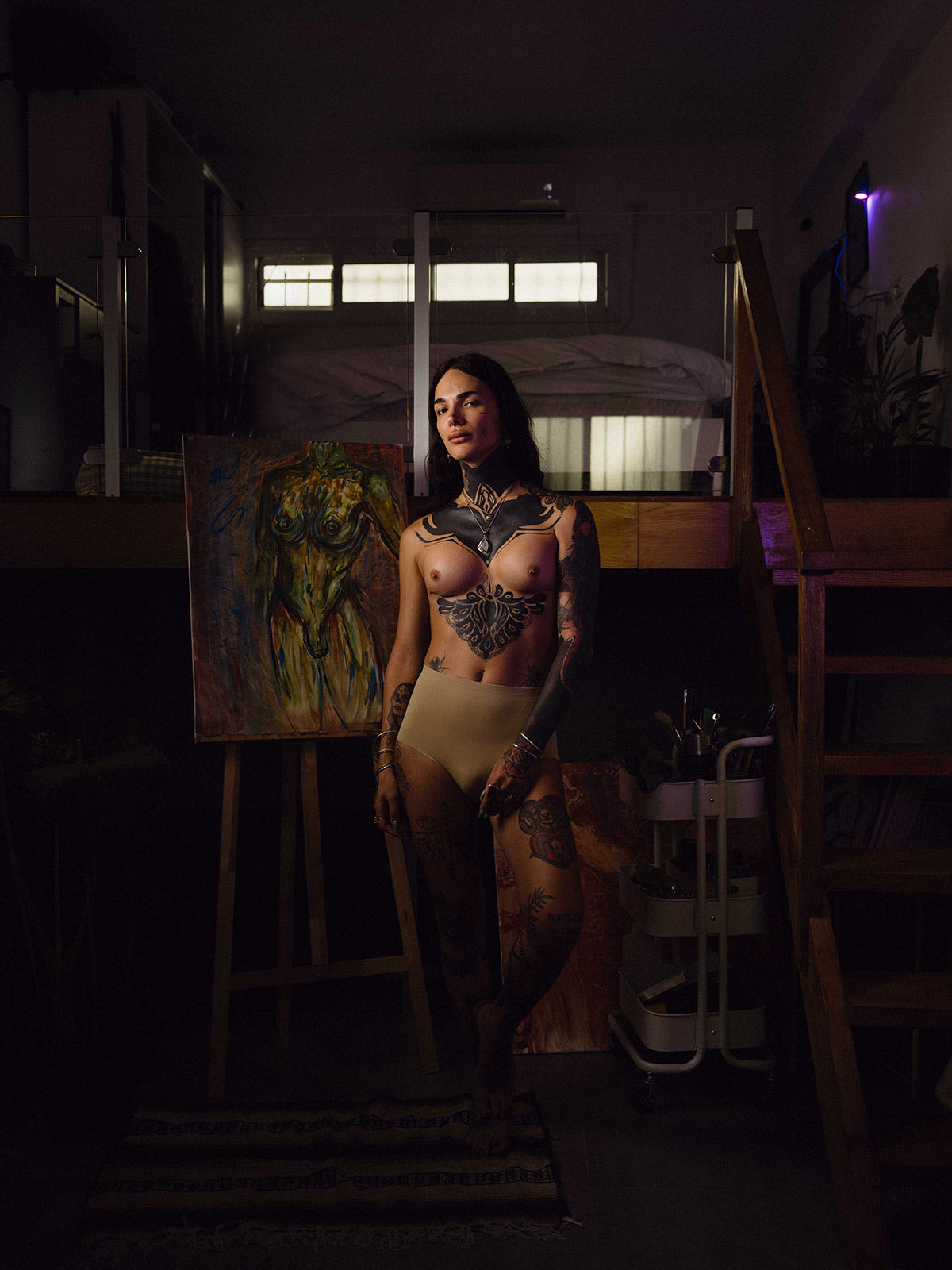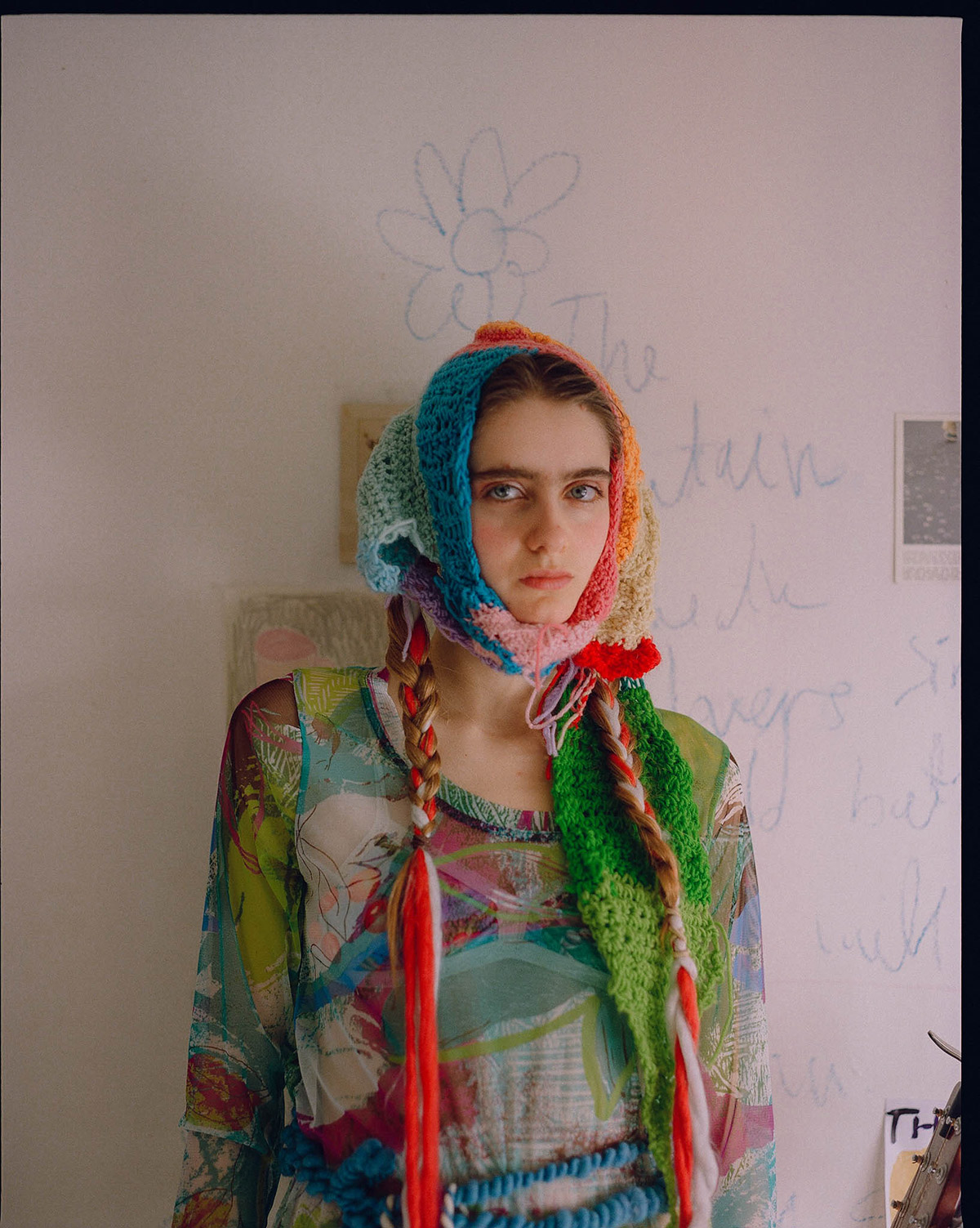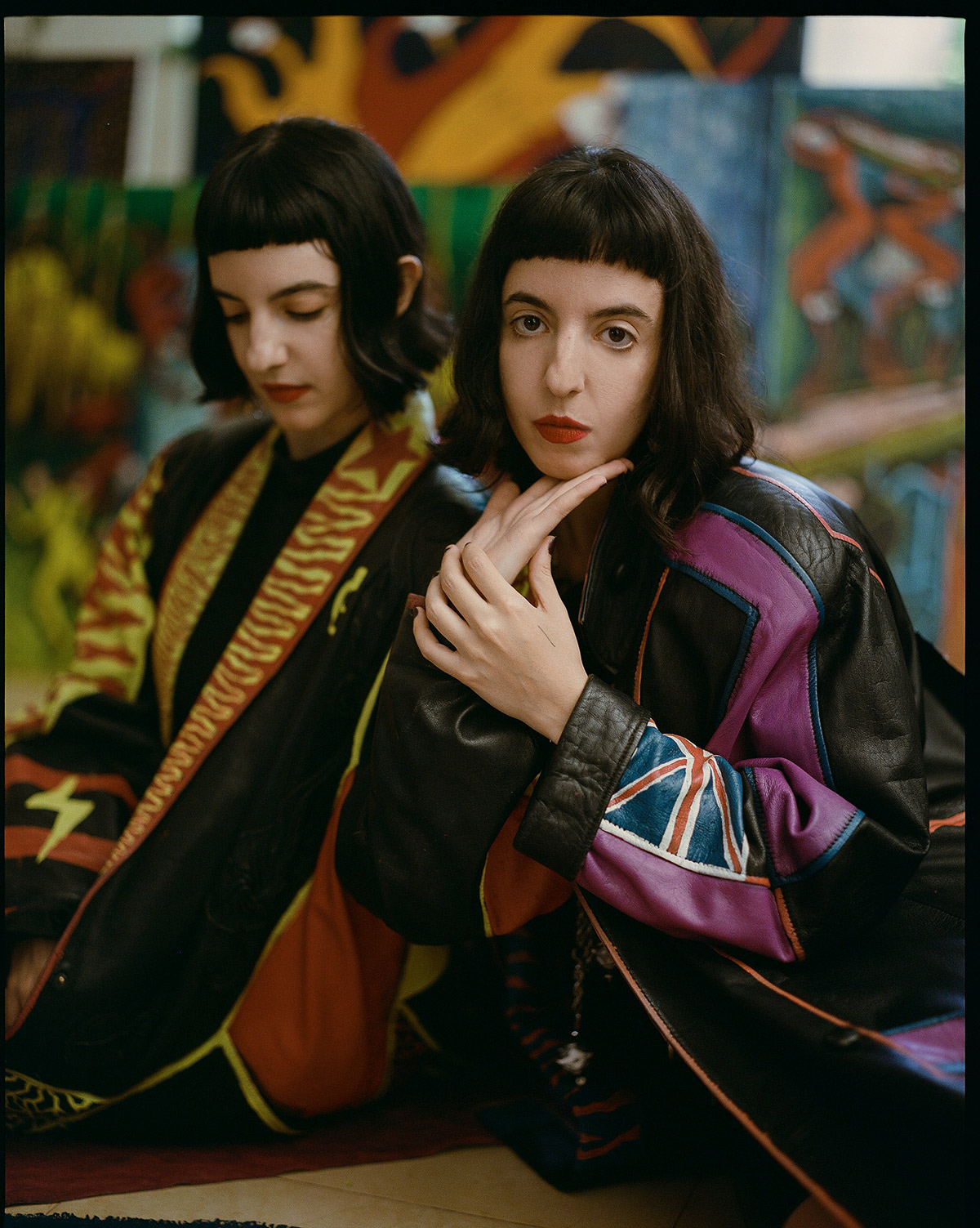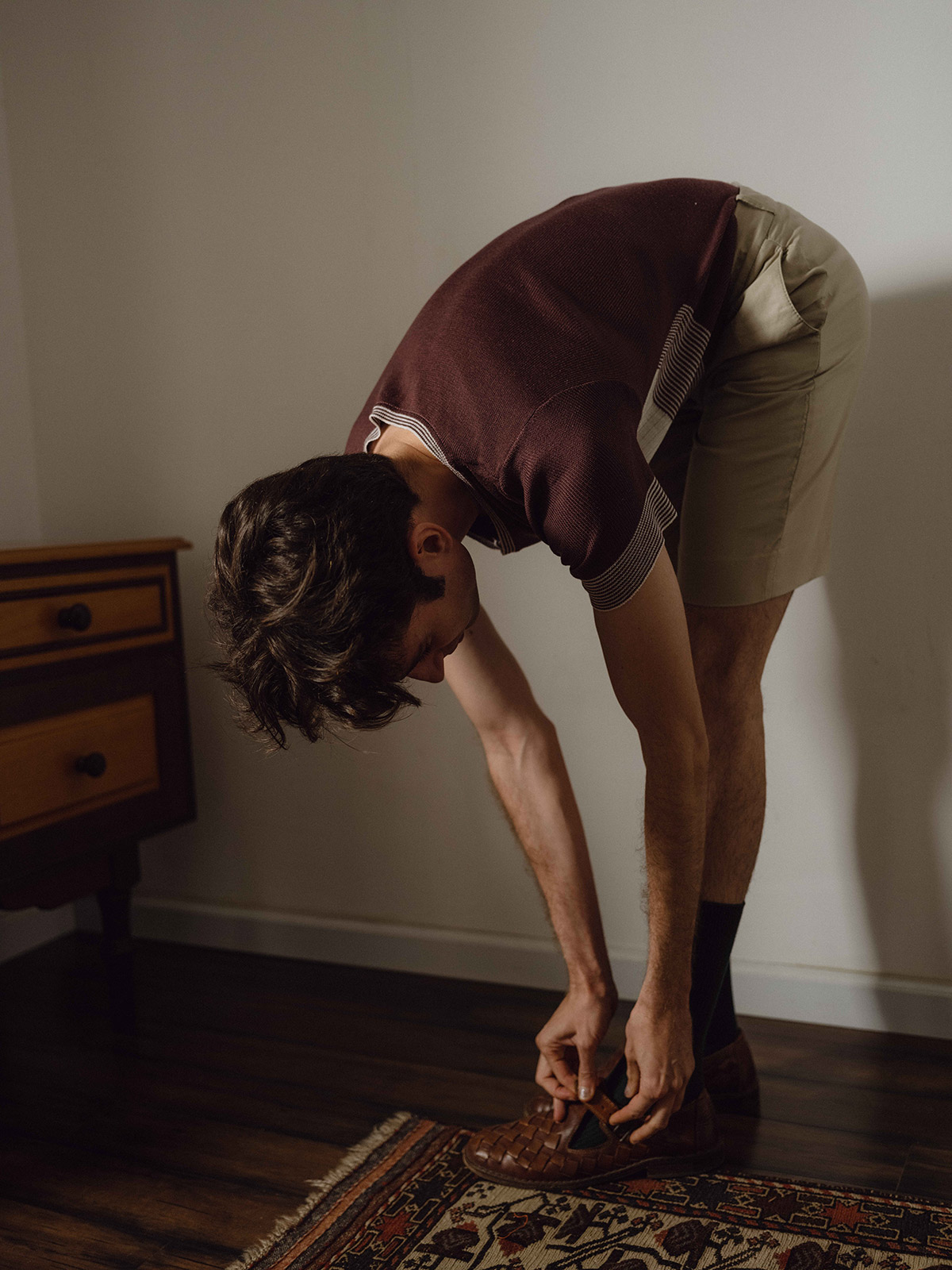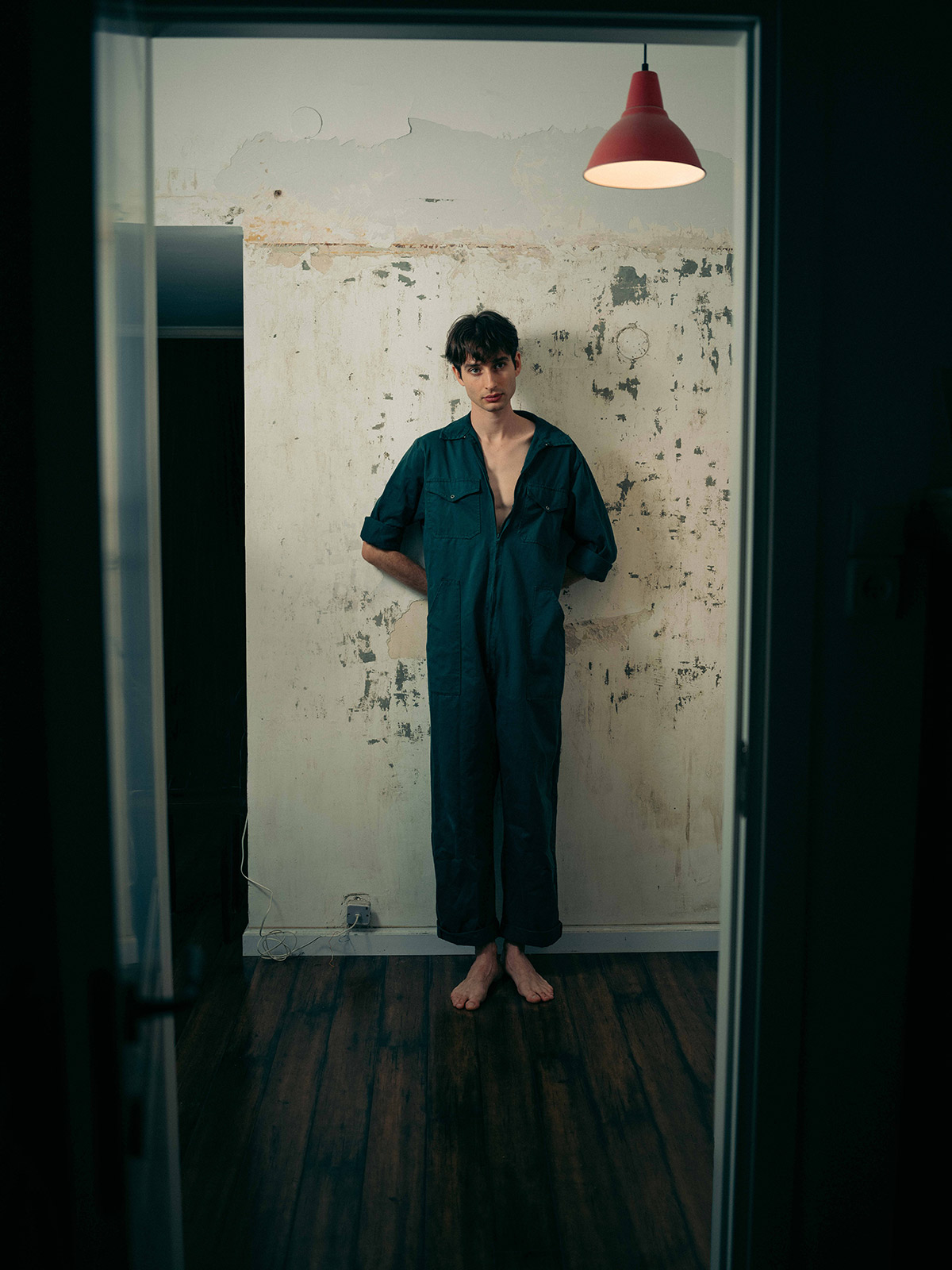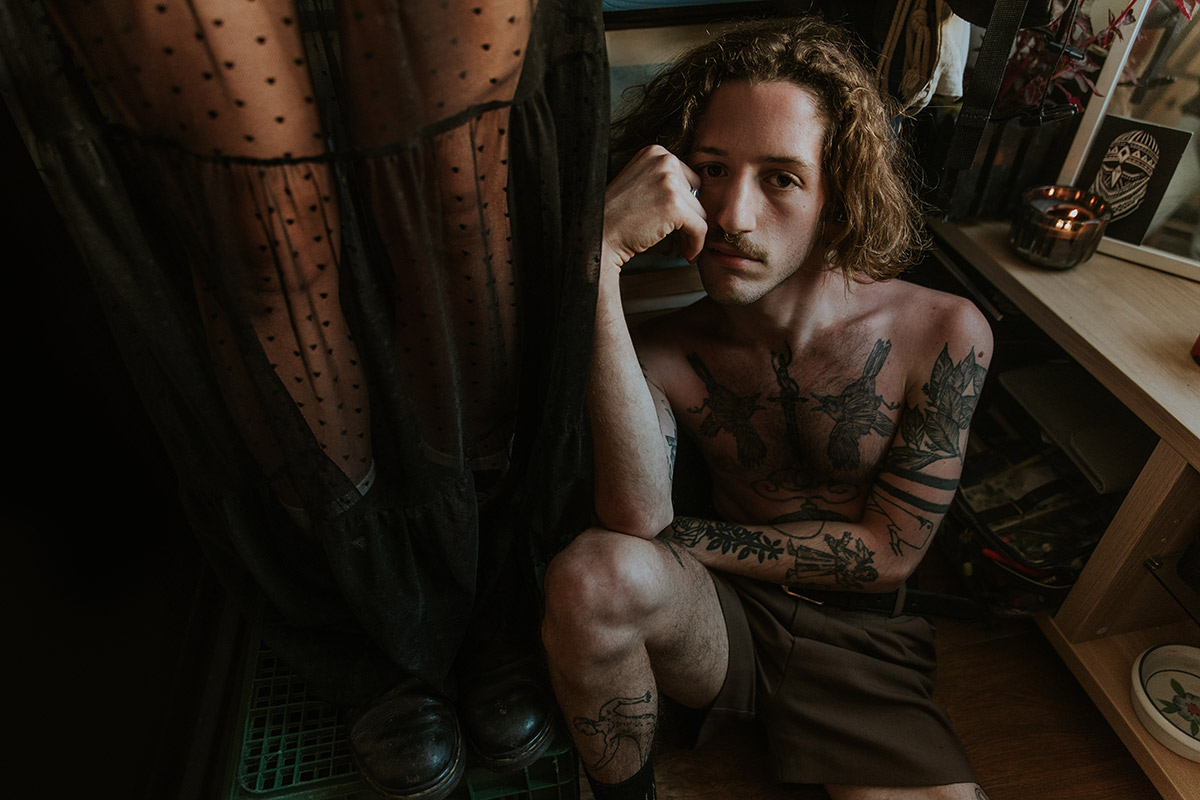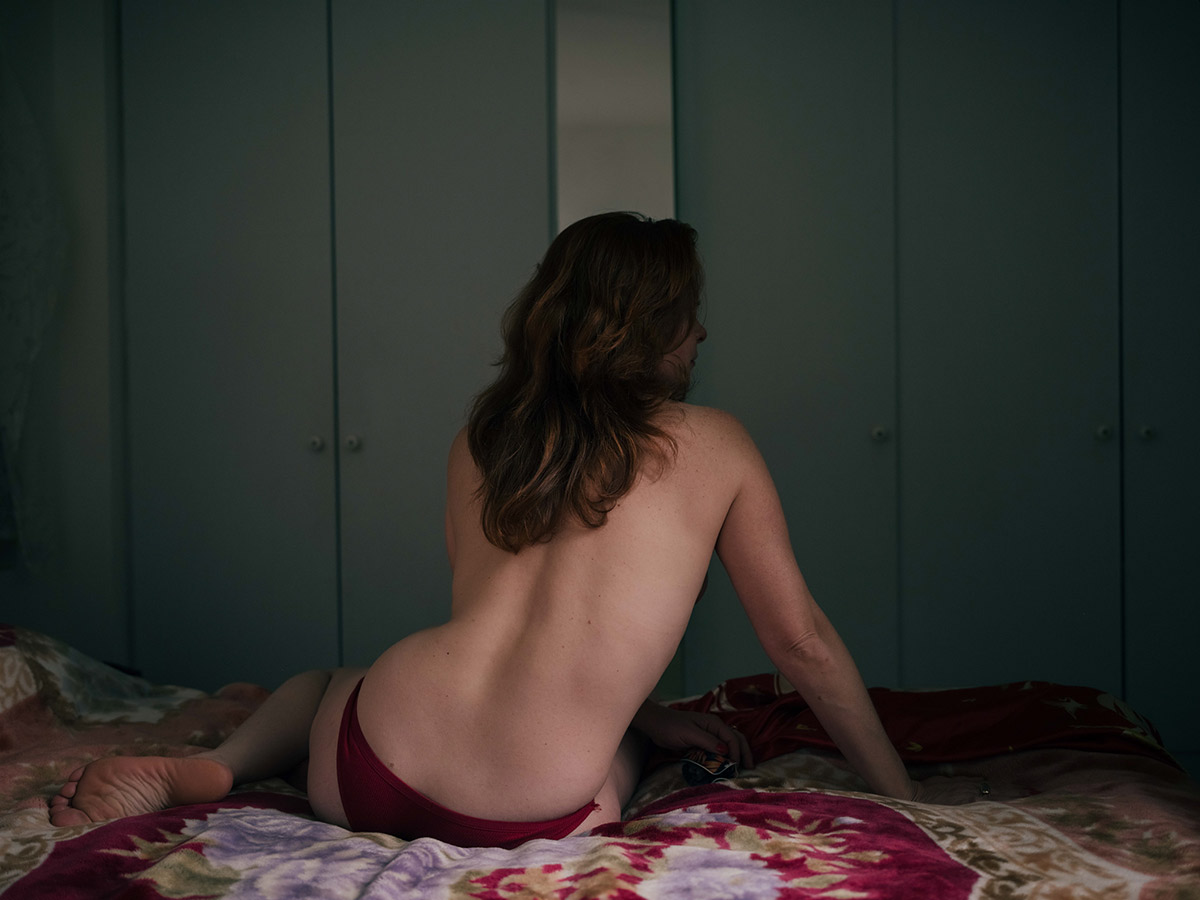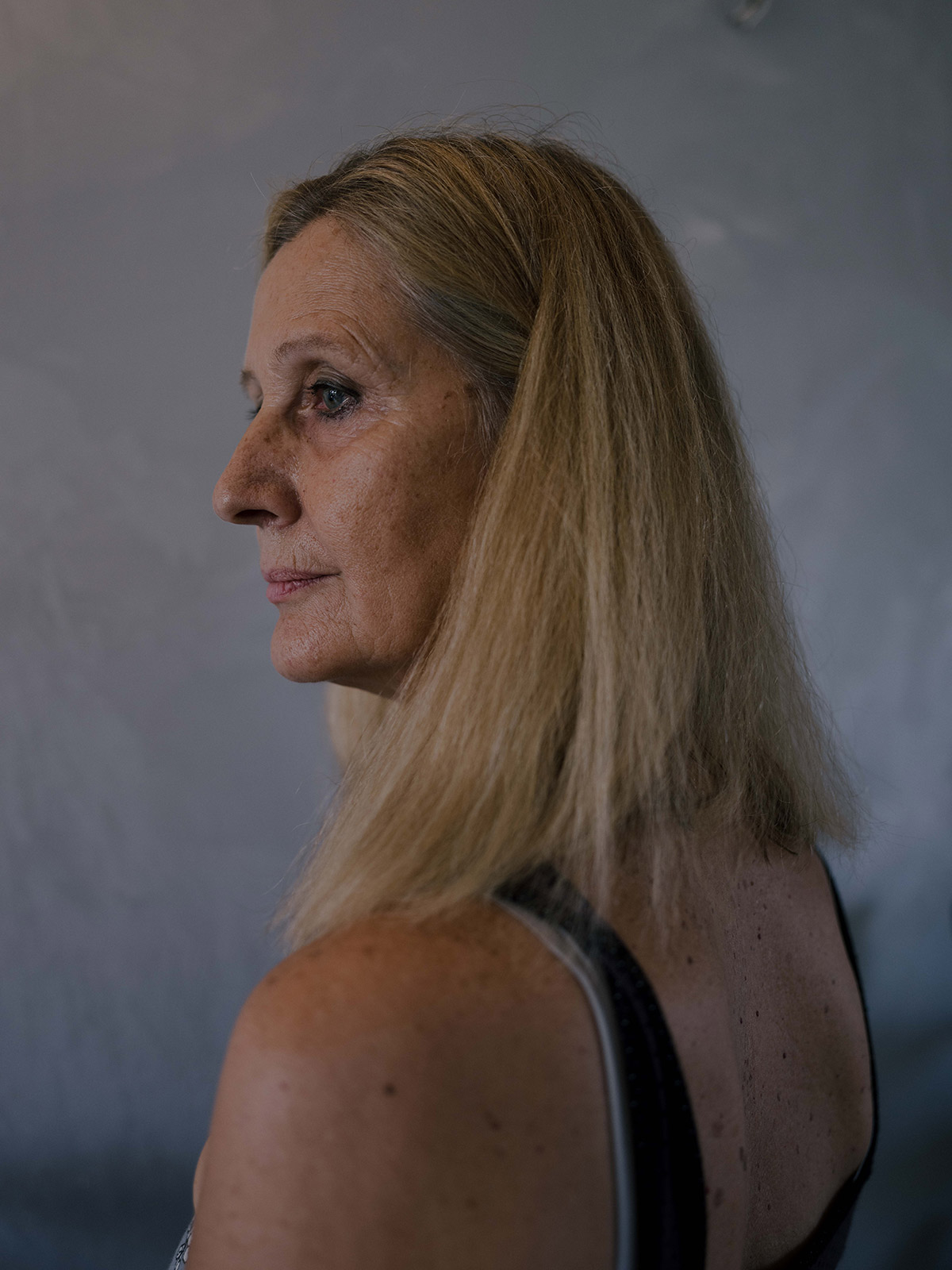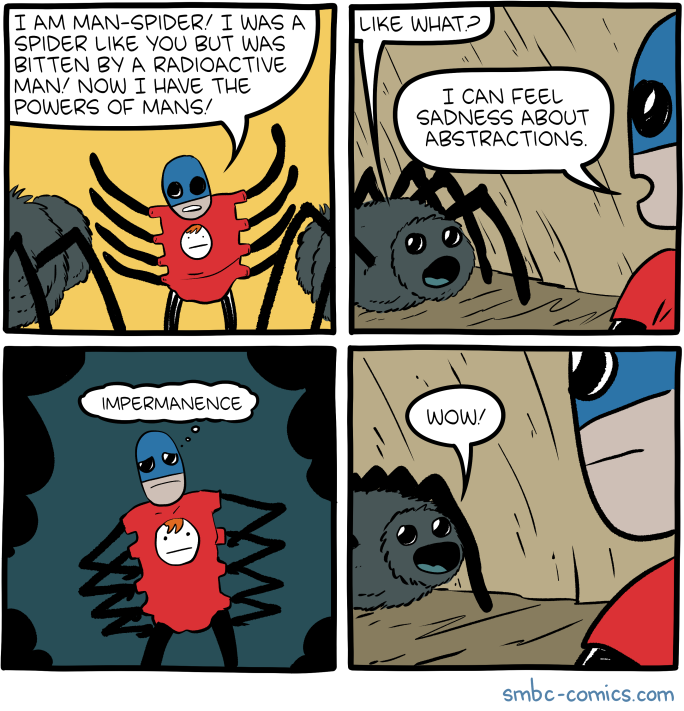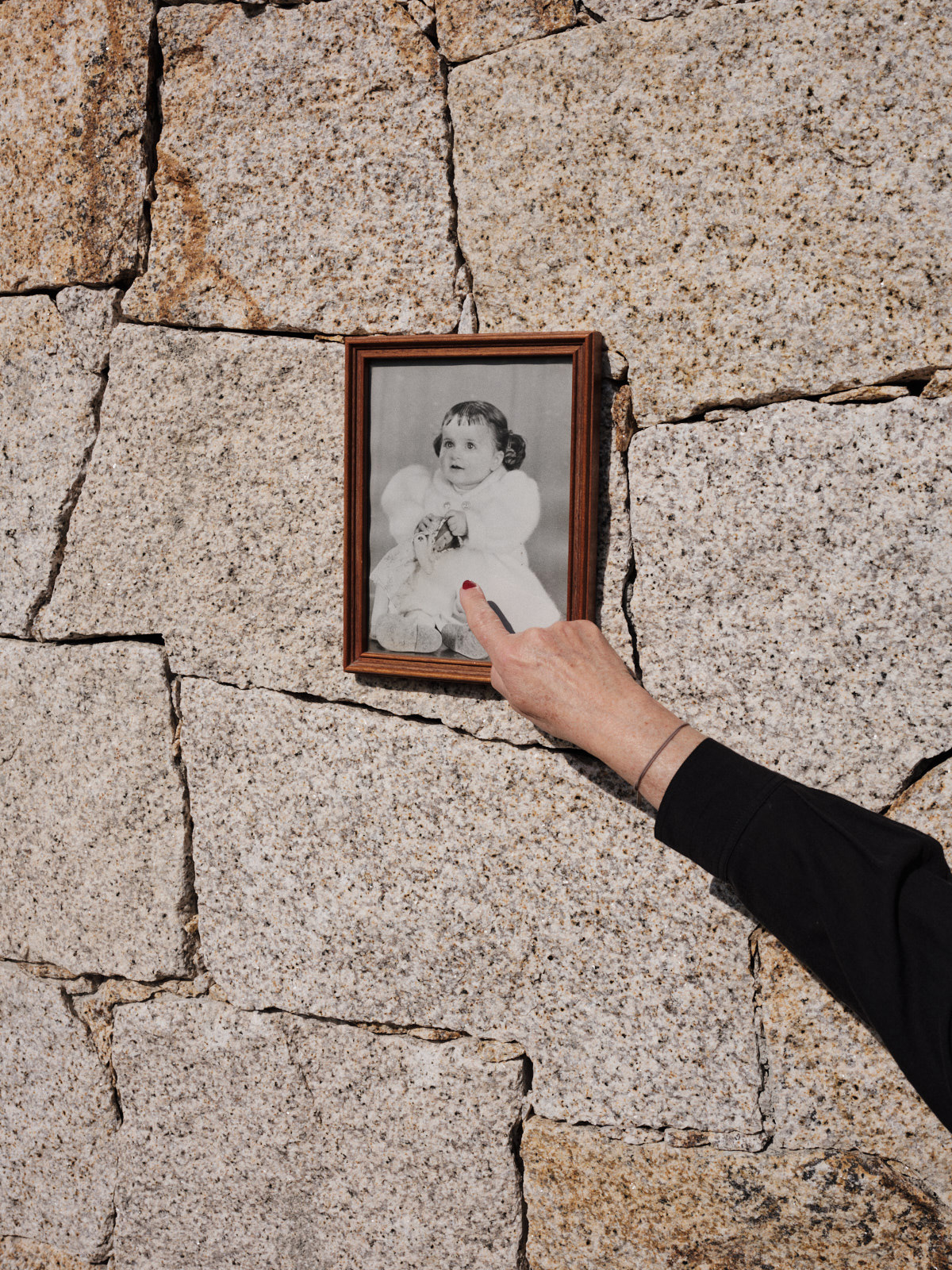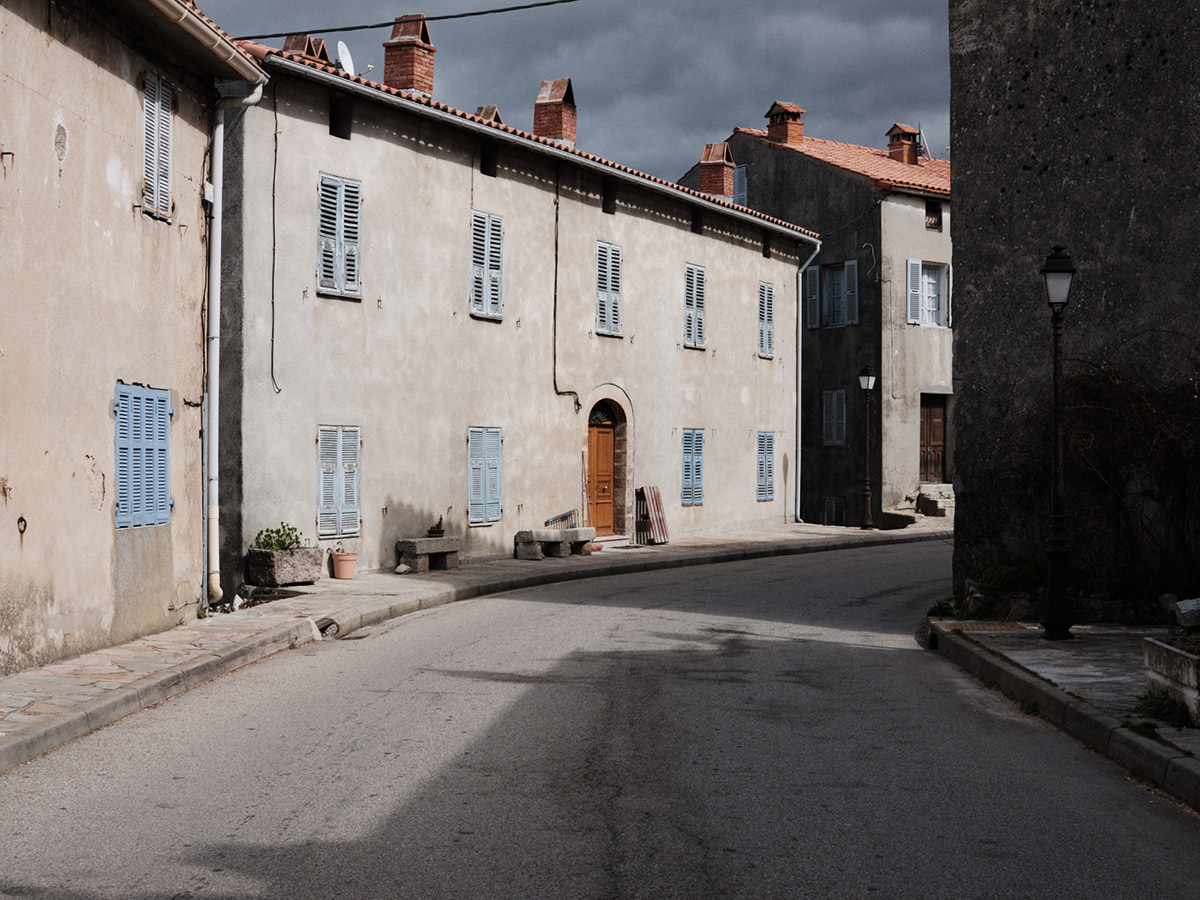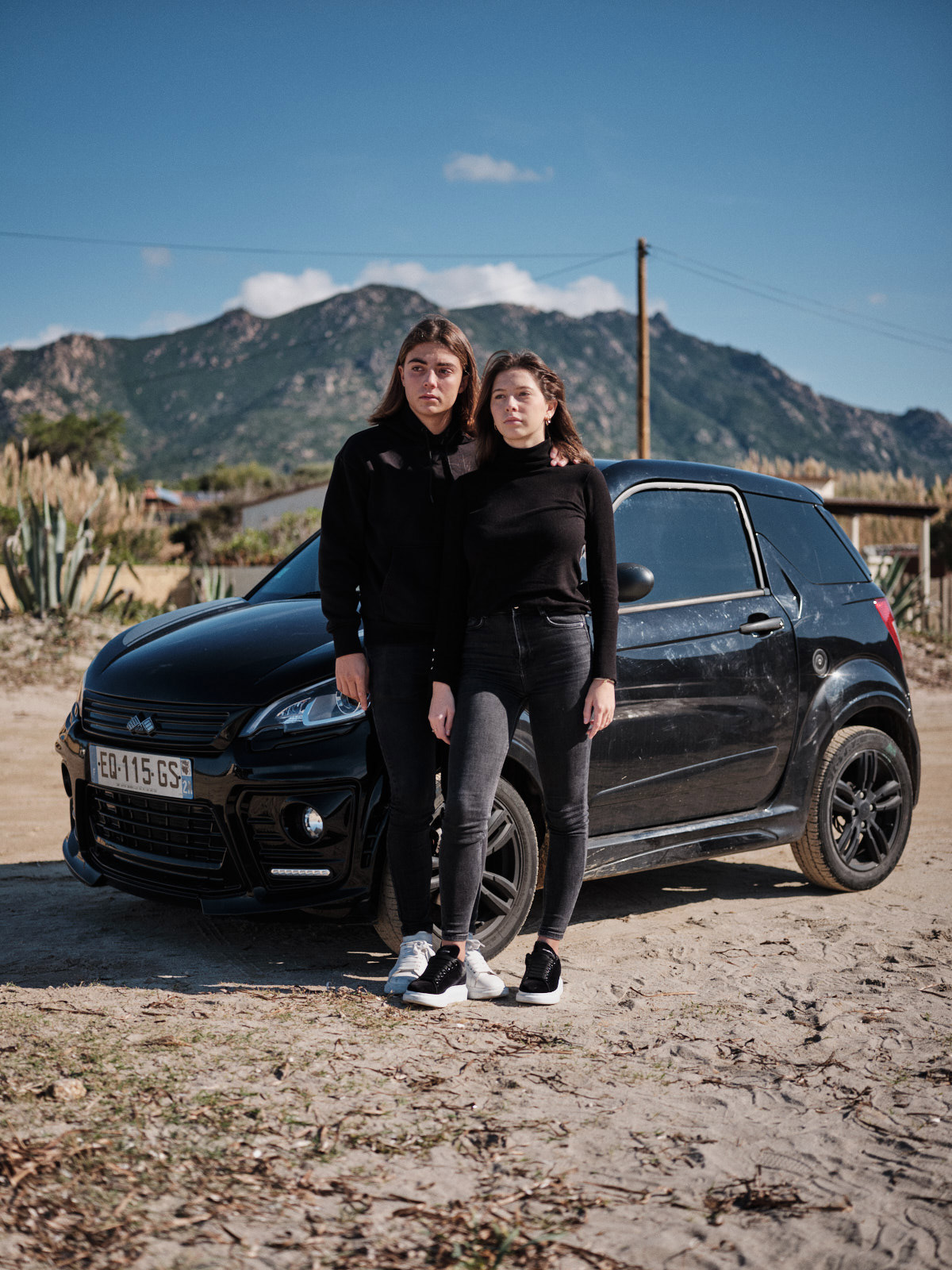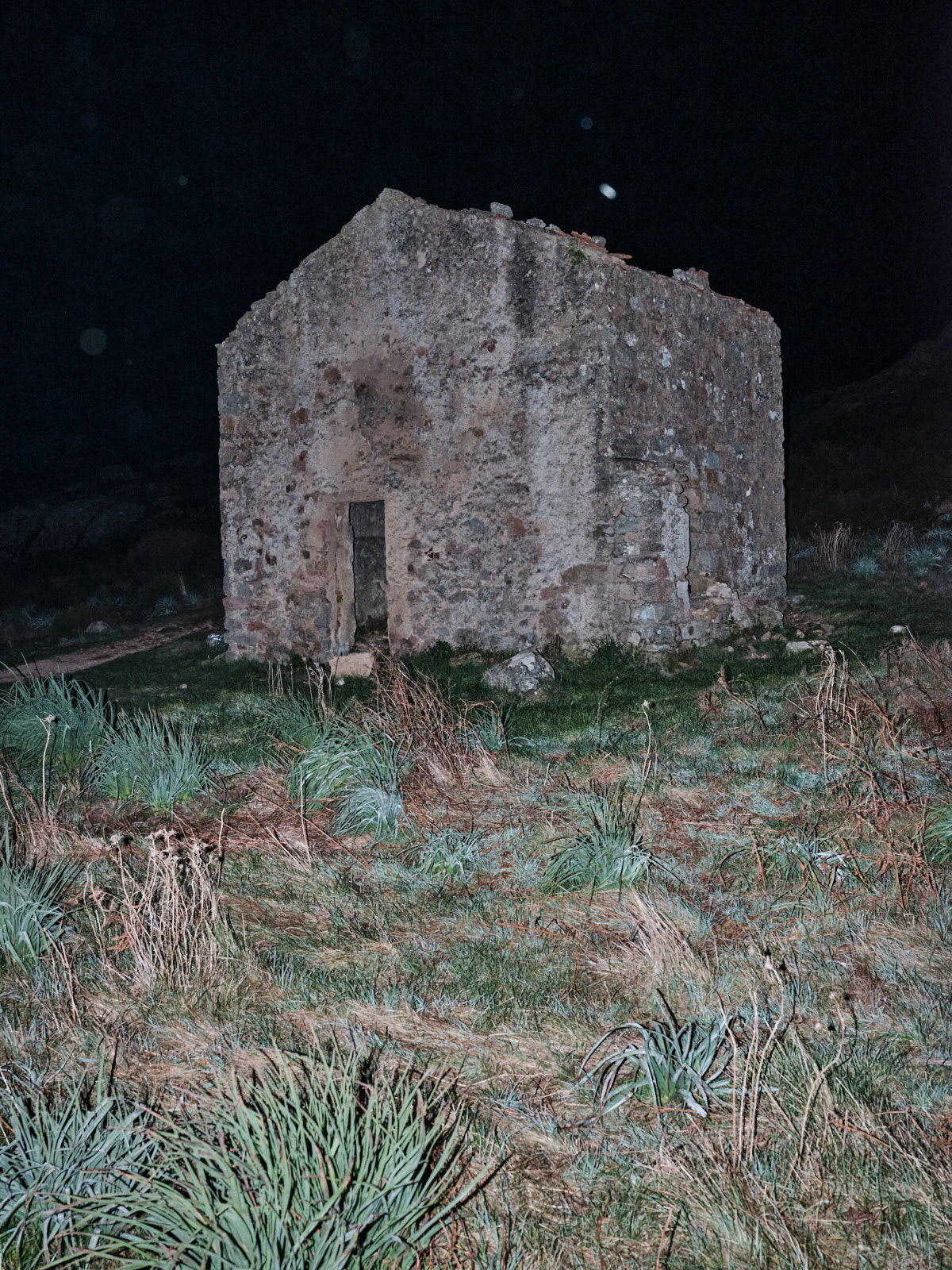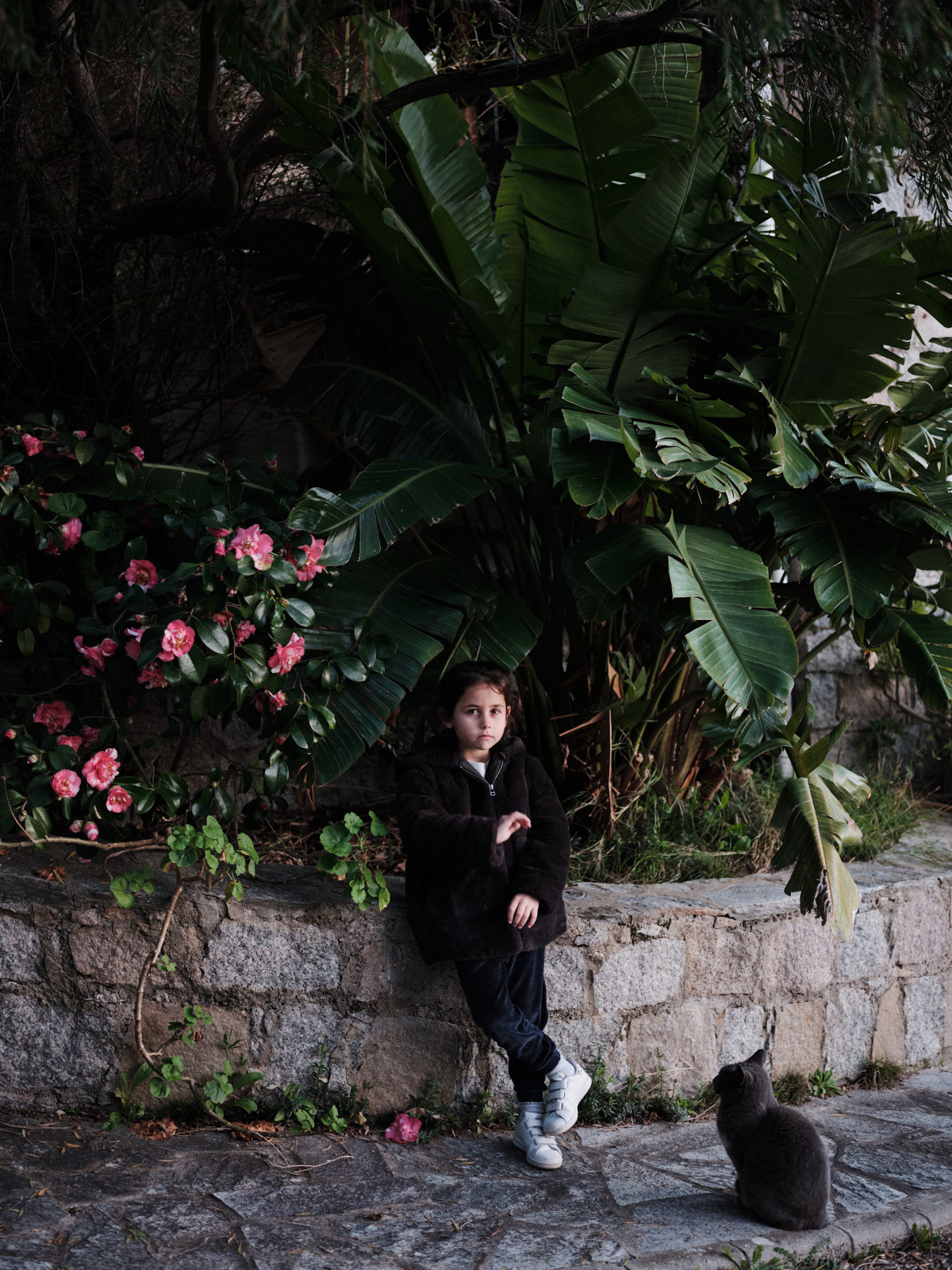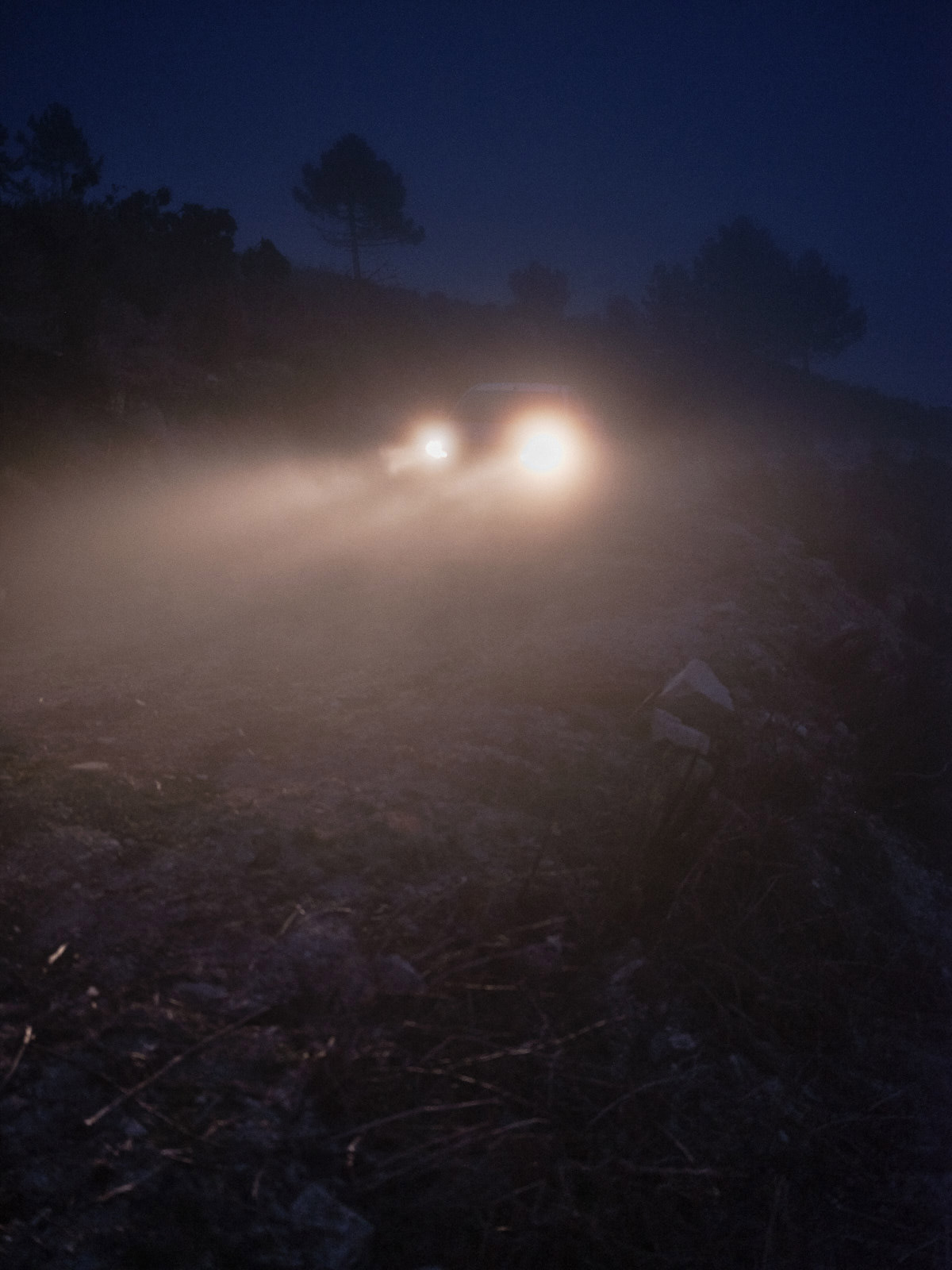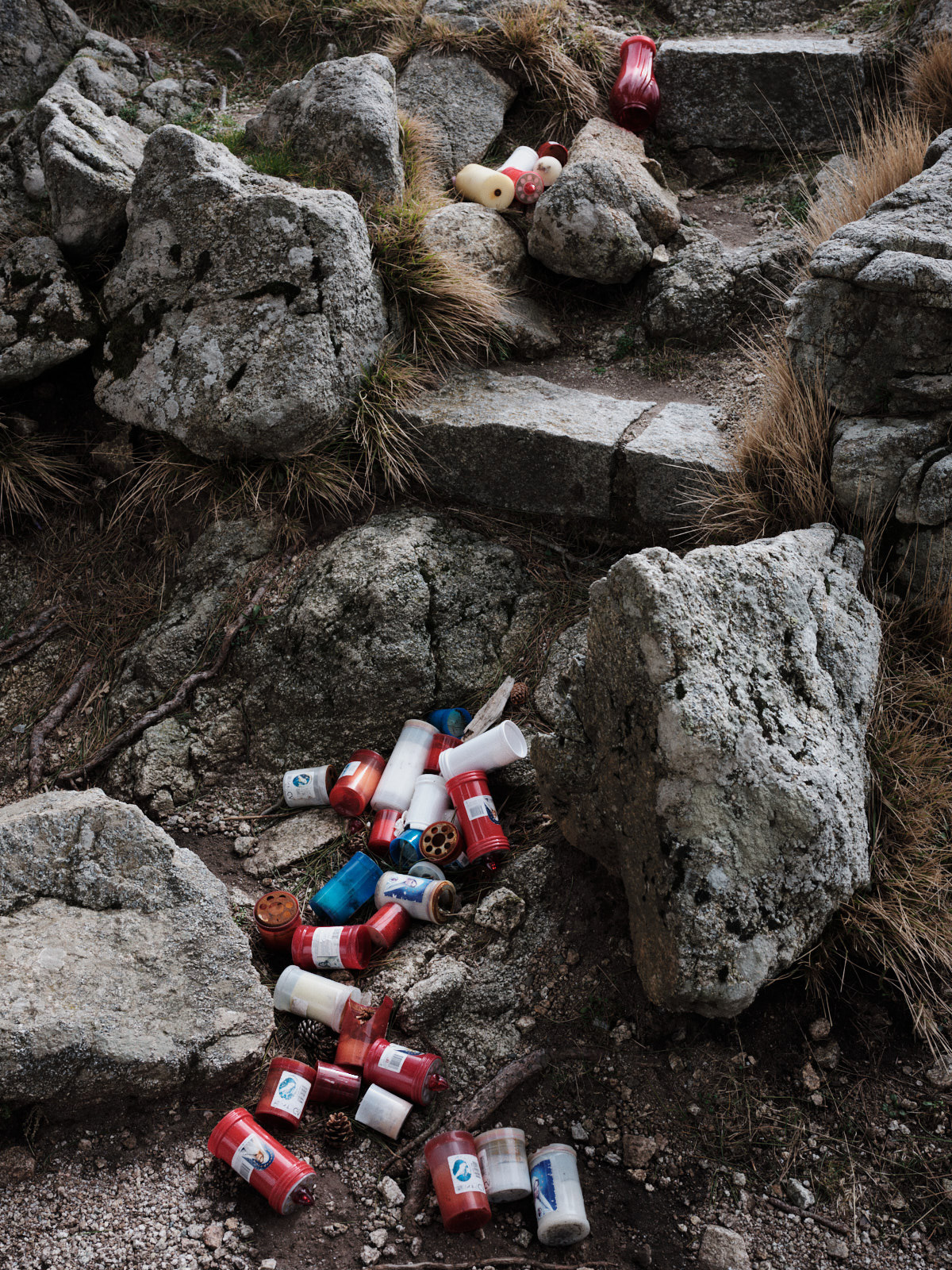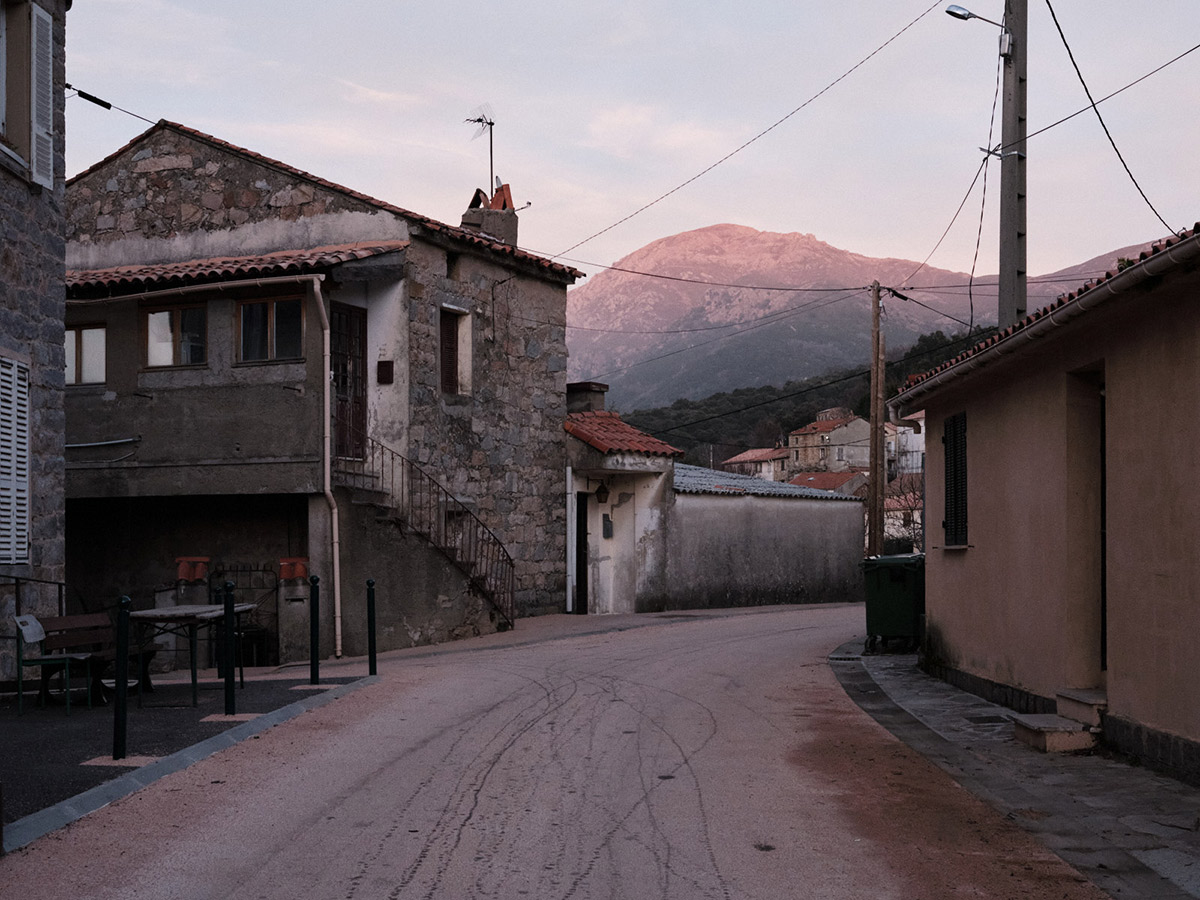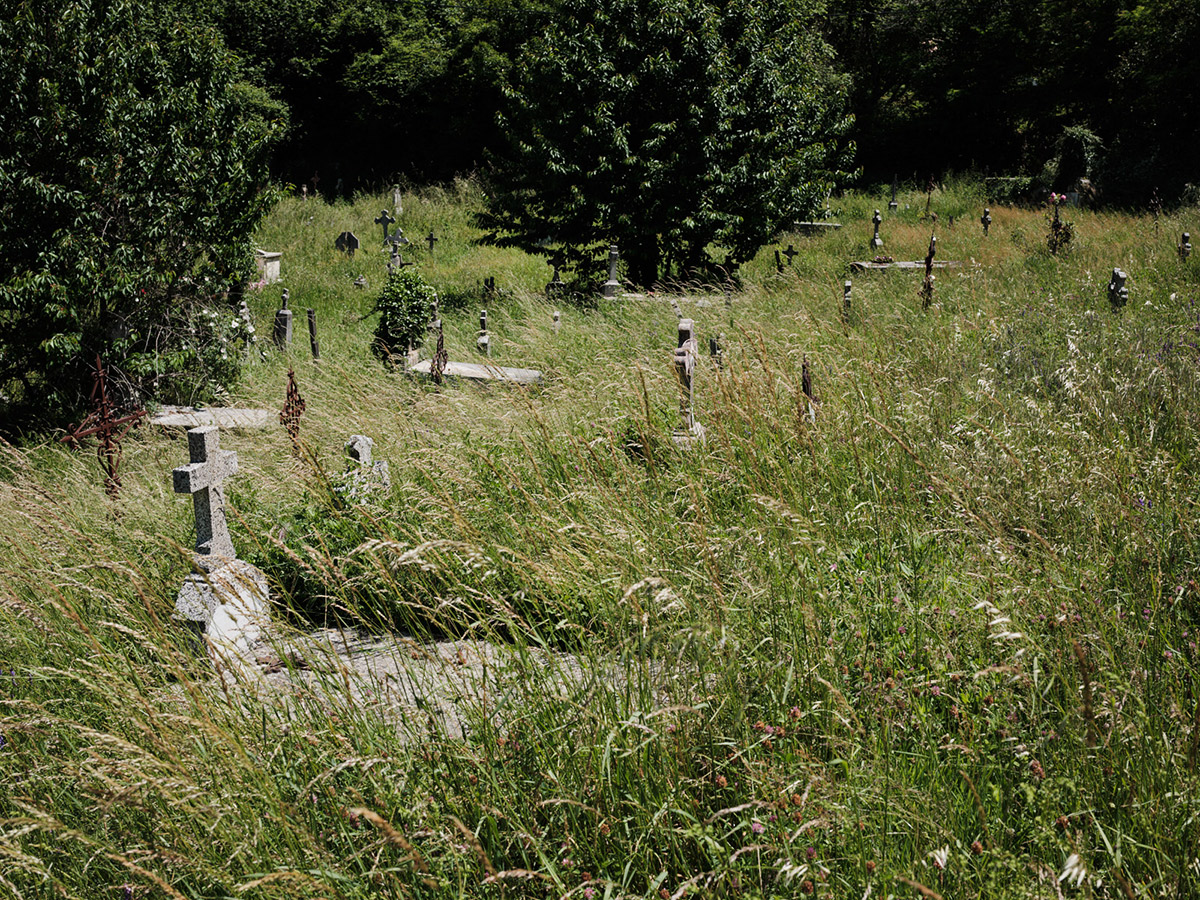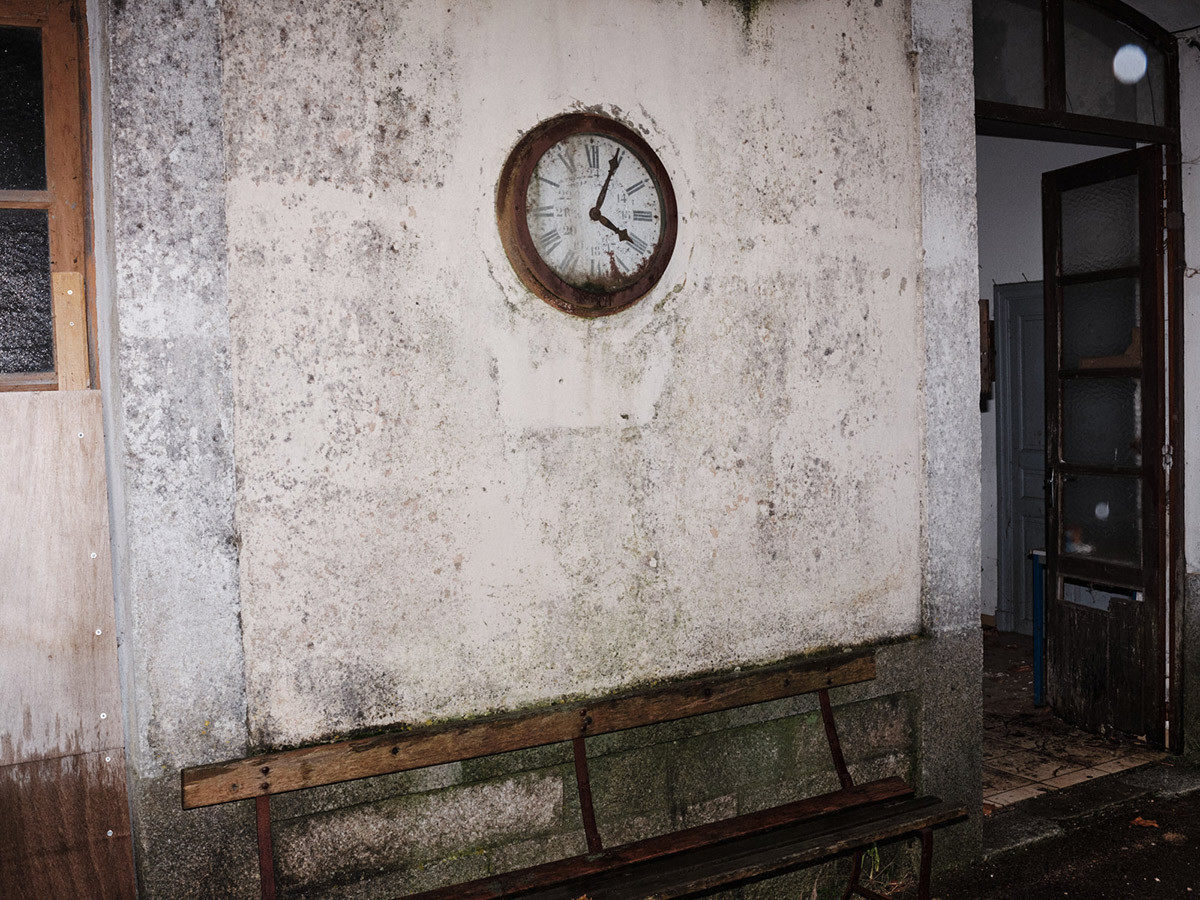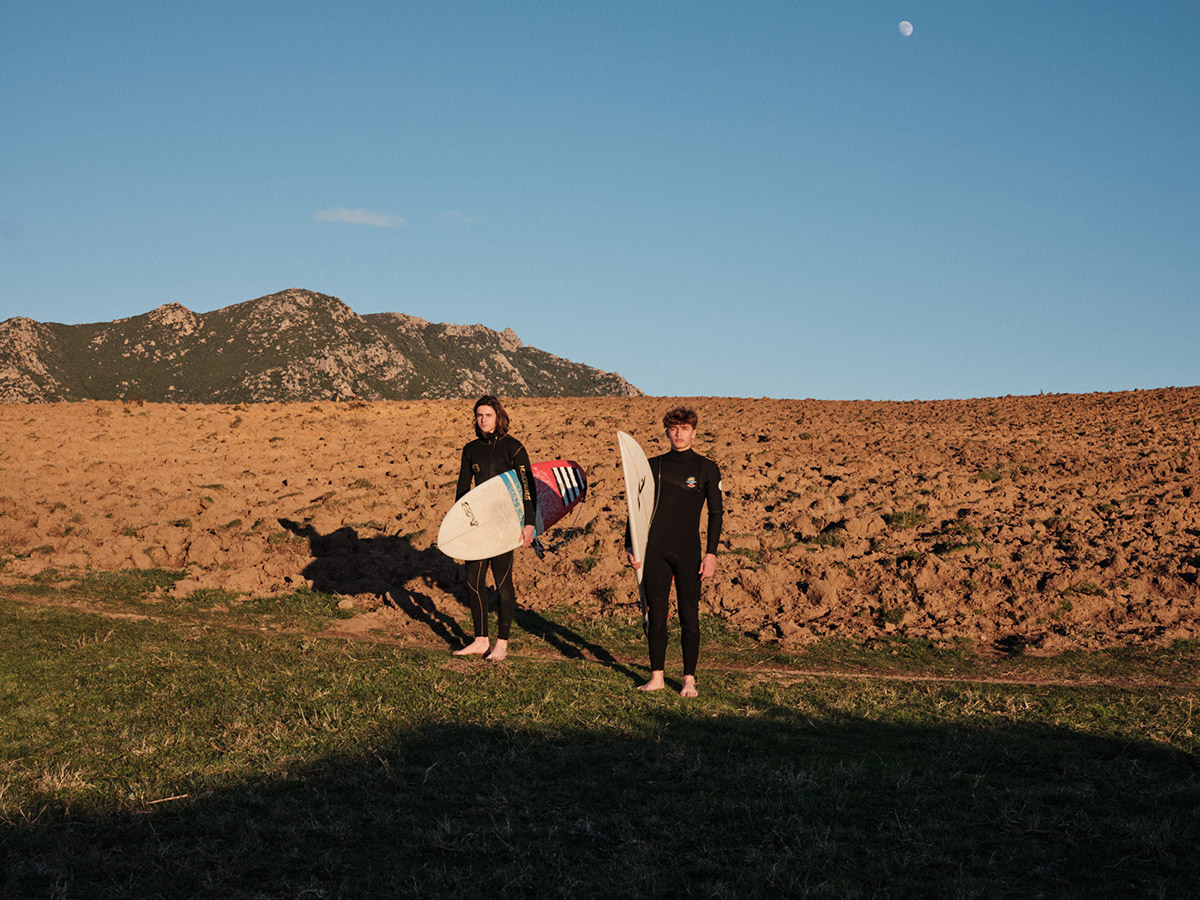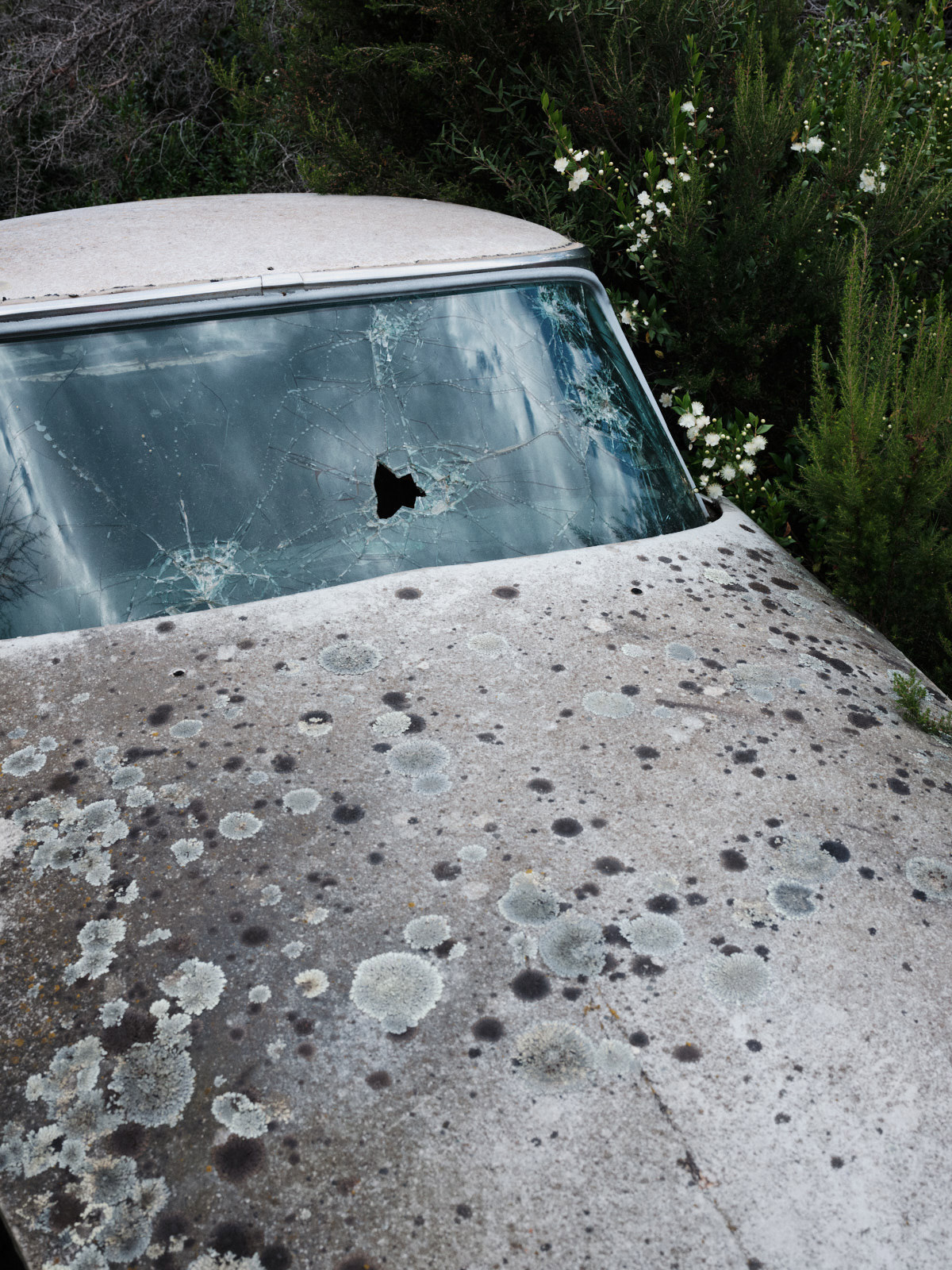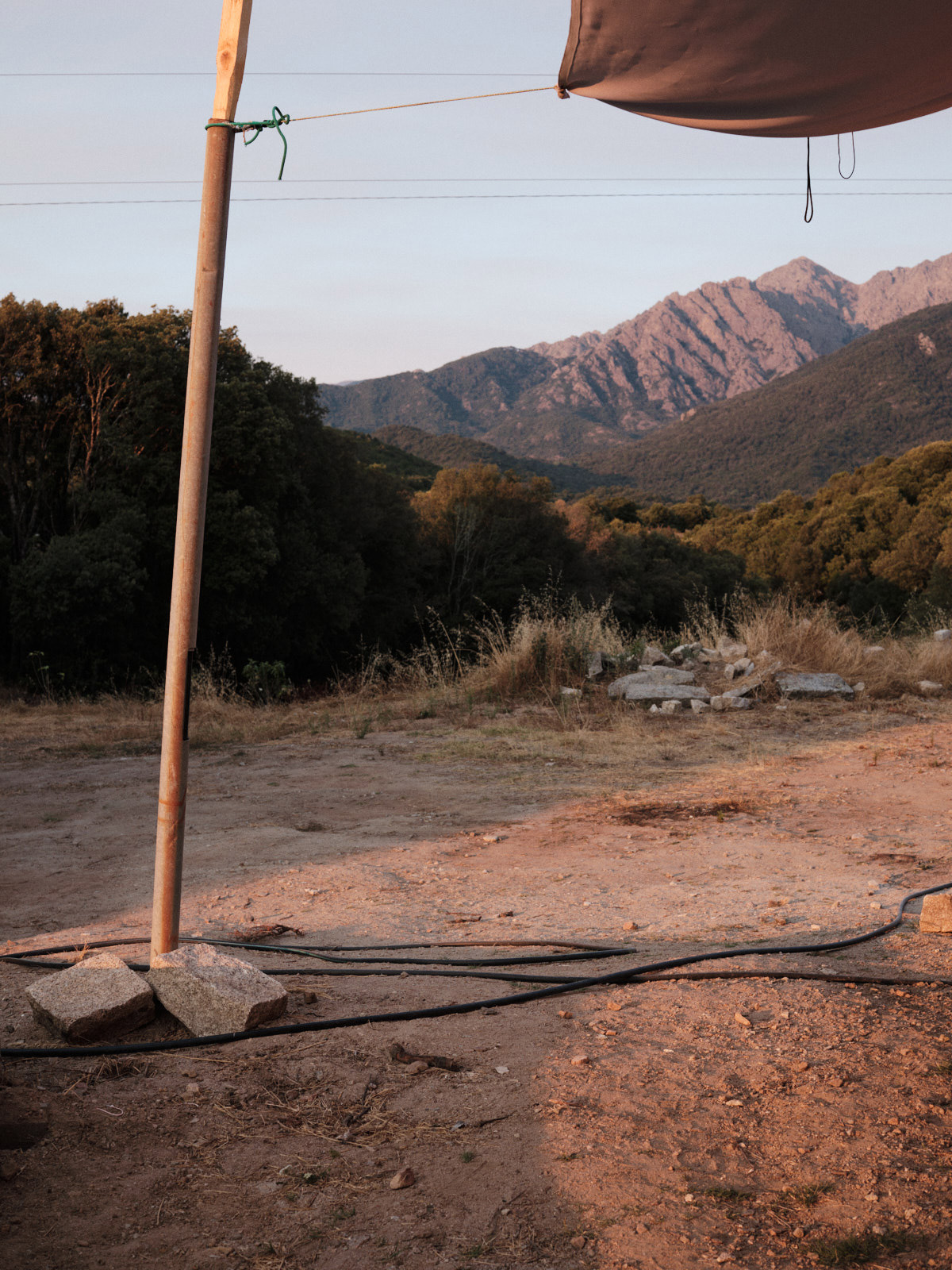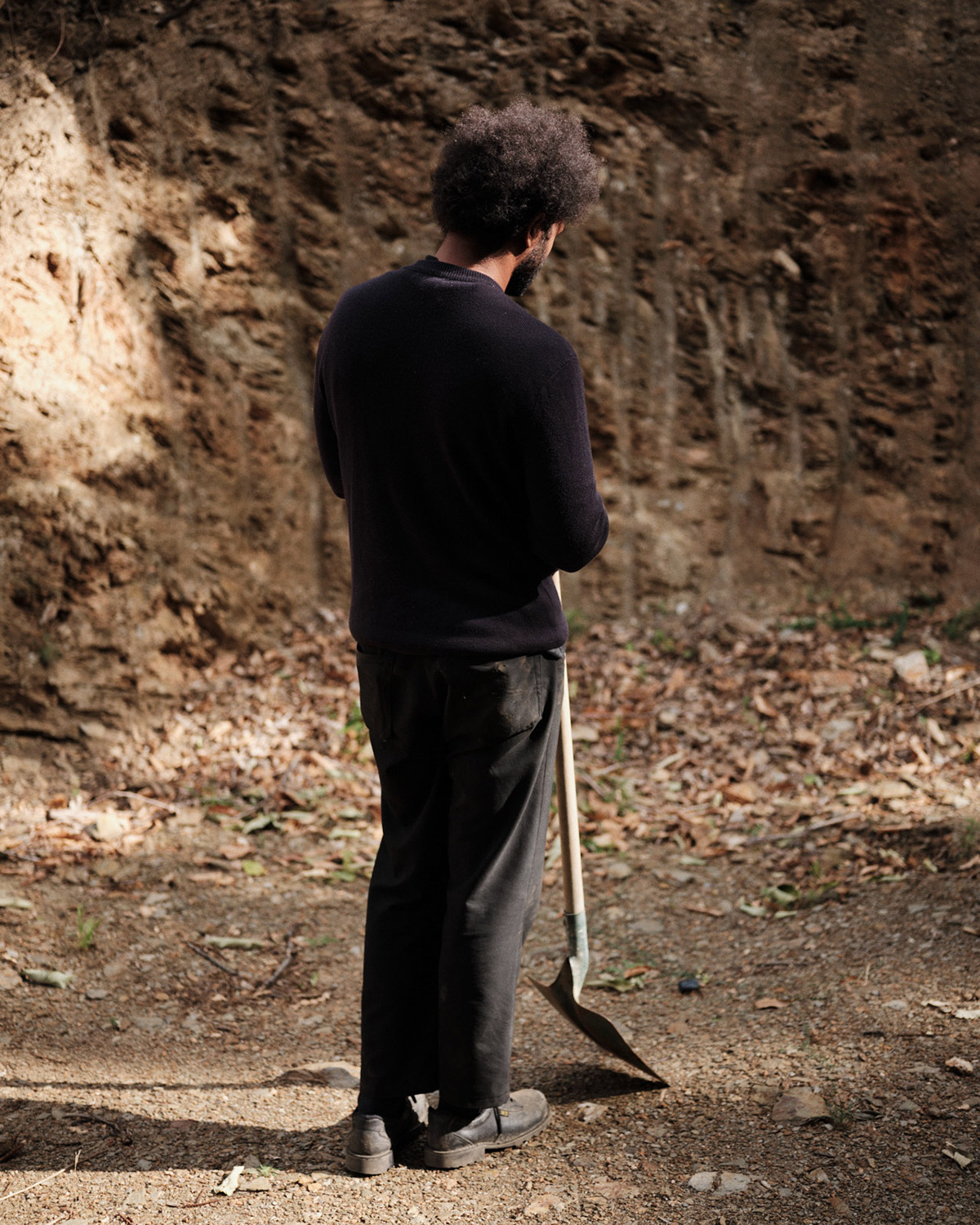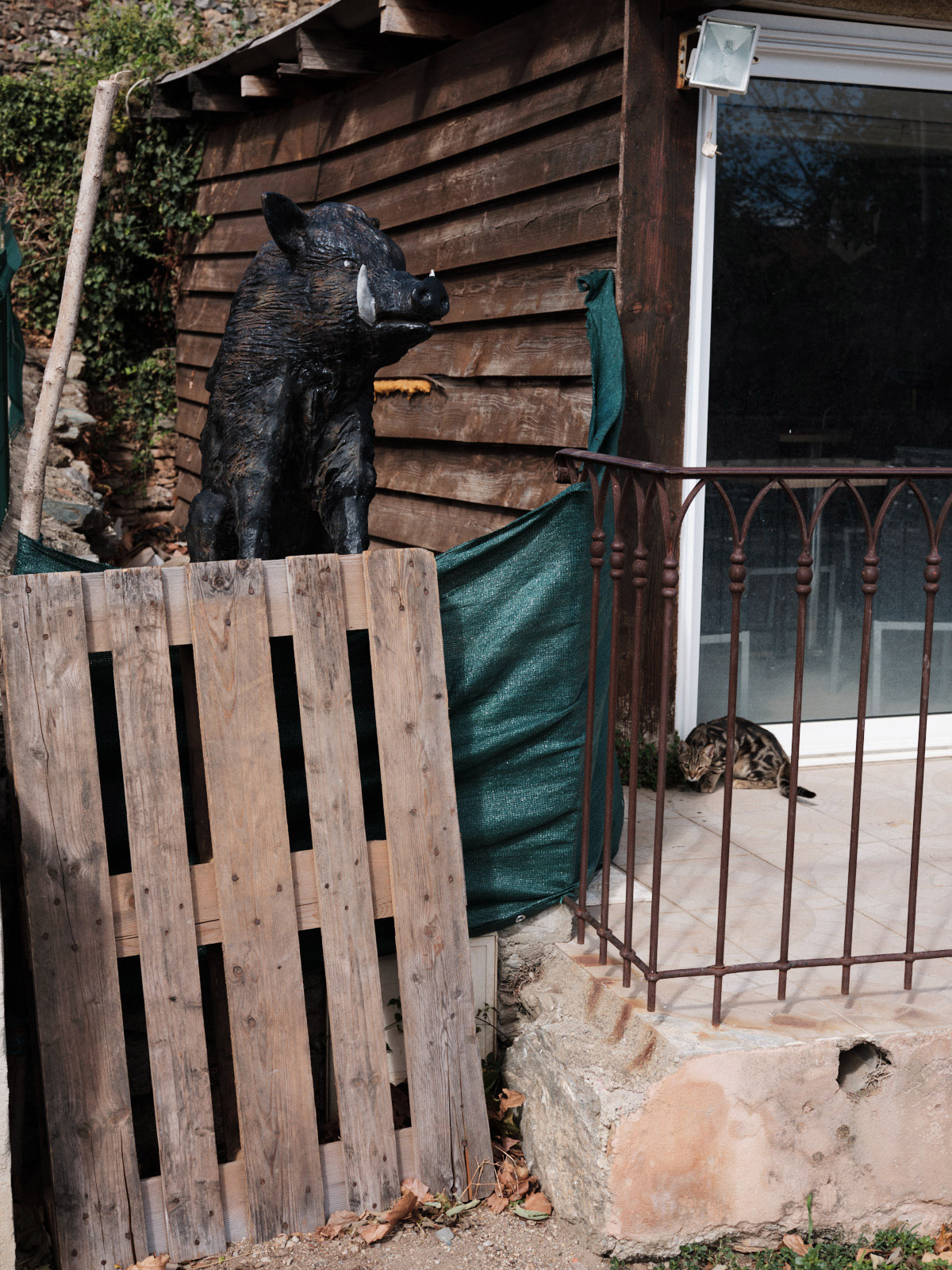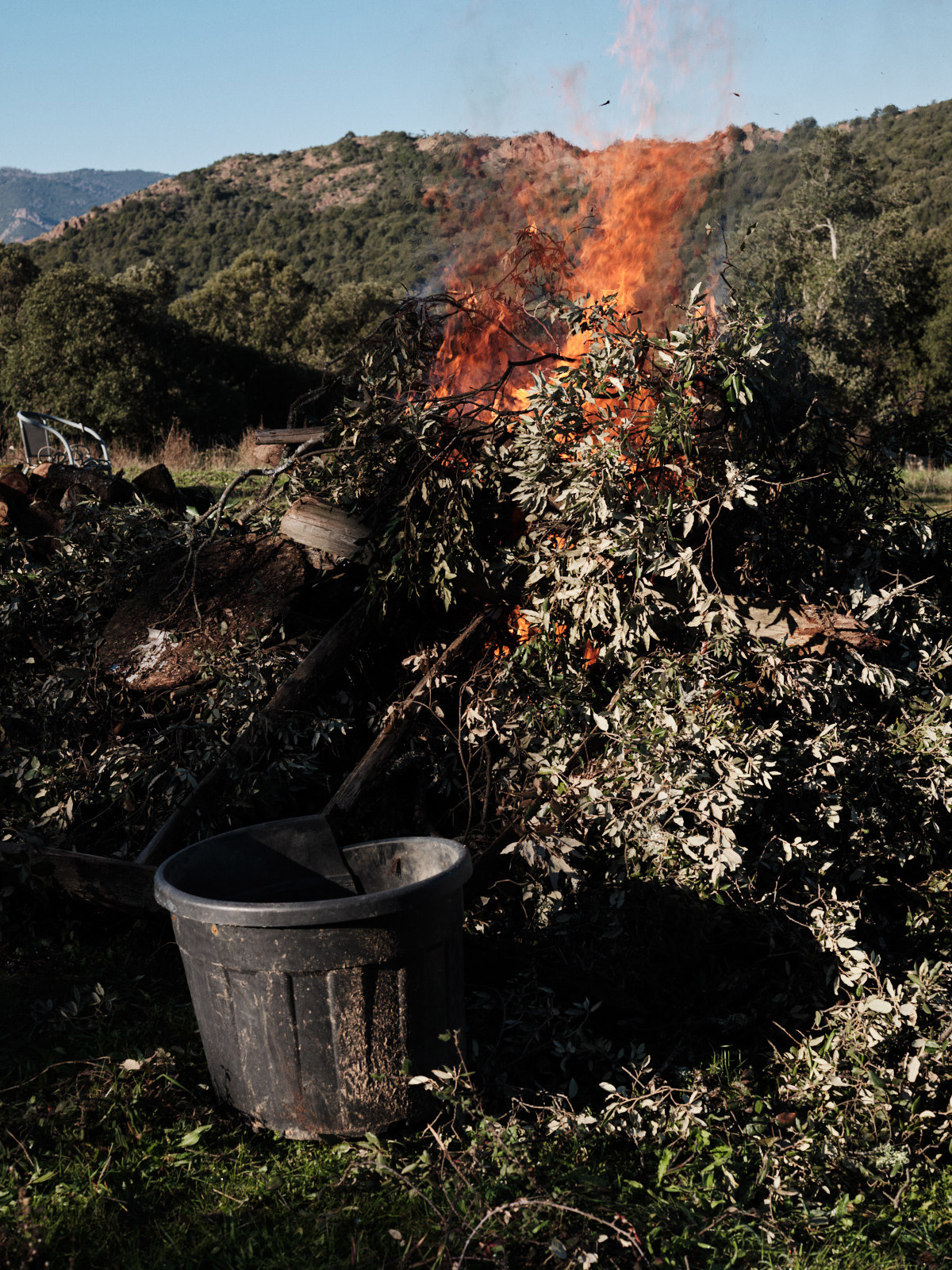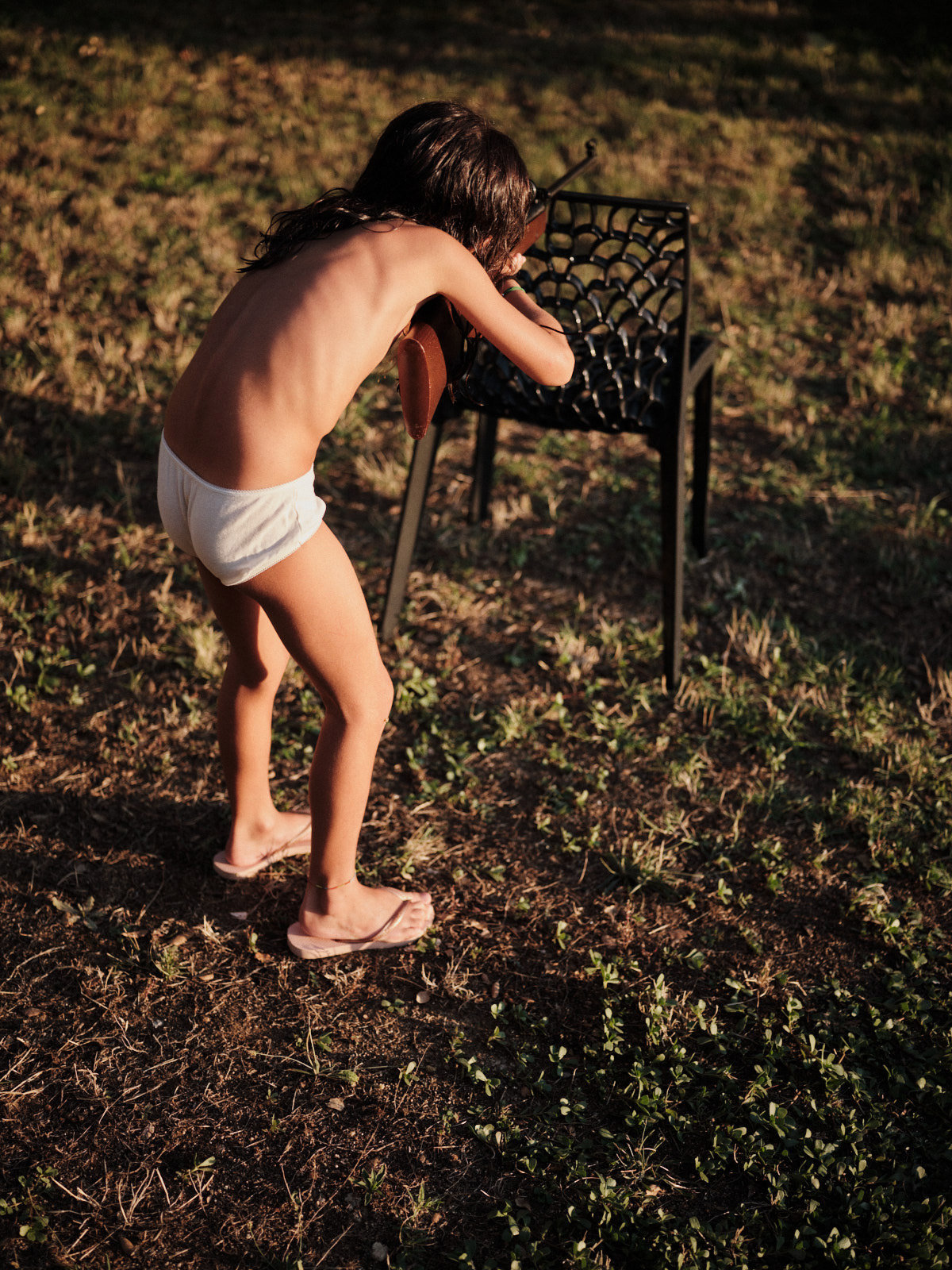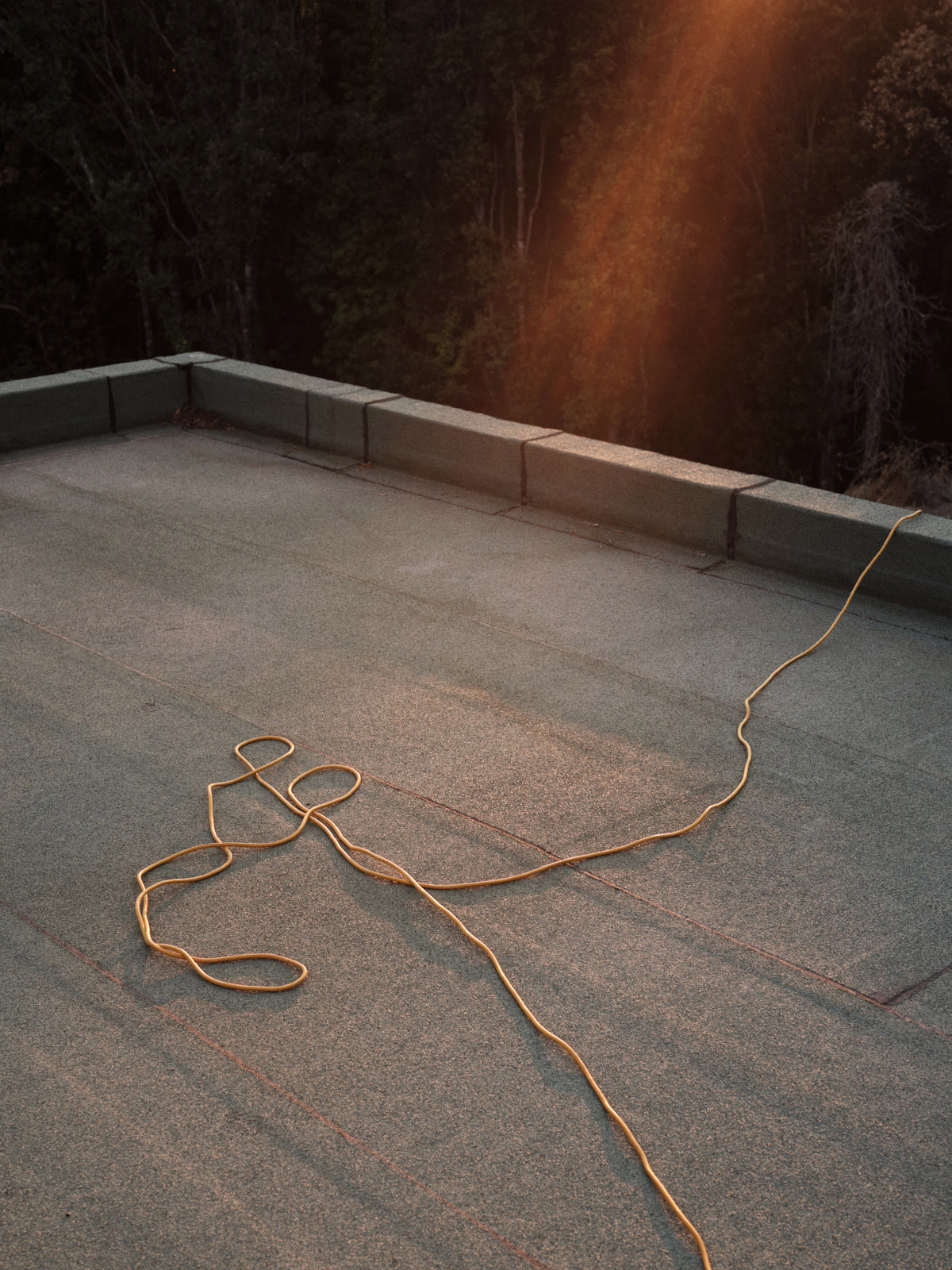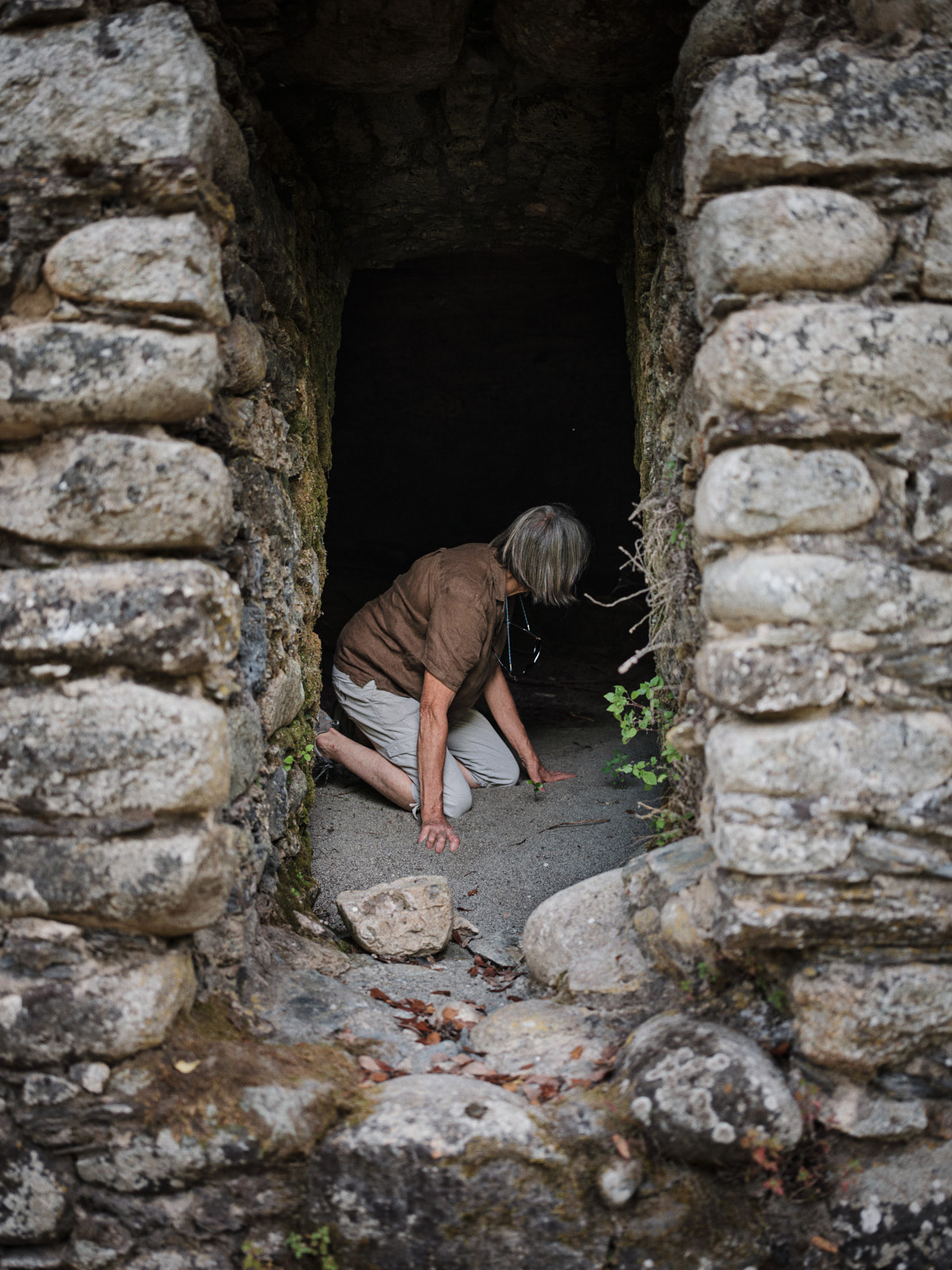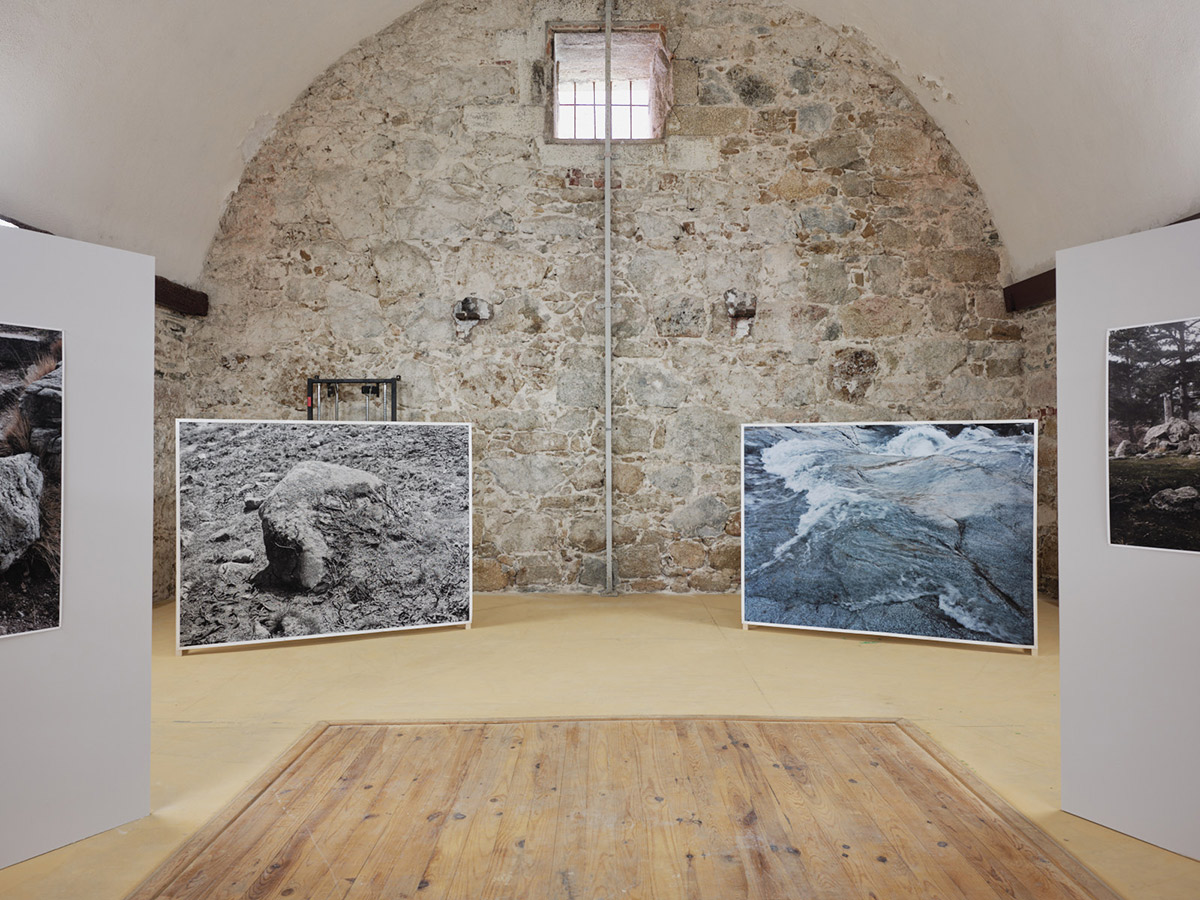
Kurshaka
Shared posts
Guess what % of plastics have been #recycled? No prizes :(
The properties that make plastics so versatile and useful – their strength, durability, flexibility – also make them difficult or impossible for nature to fully assimilate – or to recycle.
Part of a forthcoming series of graphics on ‘The Problem with Plastics’ taken from our book Beautiful News
Orthochromatic vs Panchromatic: Differences in Black and White Film

There are two main kinds of black and white film, Orthochromatic and Panchromatic, which differ in their sensitivity to wavelengths. Find out the main differences of these two branches and see what effects they can render in your pictures.
Puglian Breeze
Imbued with a nostalgic charm, the following images transport us to Puglia, a place seemingly untouched by the feverish pace of modern life. Captured by the discerning eye of photographer Cara Poyntz, the photoseries – fittingly titled ‘Puglian Breeze‘ – paints an intimate picture of Palazzo Daniele, Aquamarea Hotel, Monopoli, and Polignano a Mare.
Cara says of her experience, “Inspired by in-person connections, locals, and each of their conversations taking place; the simplicity of enjoying each moment as it comes. Puglia gives a sense of warmth and belonging. The essence of community, family, endless espressos no matter the time of day. It’s a place where everyone feels so present. I hugged more strangers in my time in Puglia than anywhere else, it’s a Southern Italian community spirit that I’ll always remember.”
These visuals, shot on film, reflect the timeless allure of Puglia. The images narrate the story of a place where the lines between stranger and friend blur, where the spirit of community and family is the pulse that drives daily life. The featured hotels, Palazzo Daniele and Aquamarea Hotel, are elegantly woven into the story, serving as charming settings to this evocative journey.
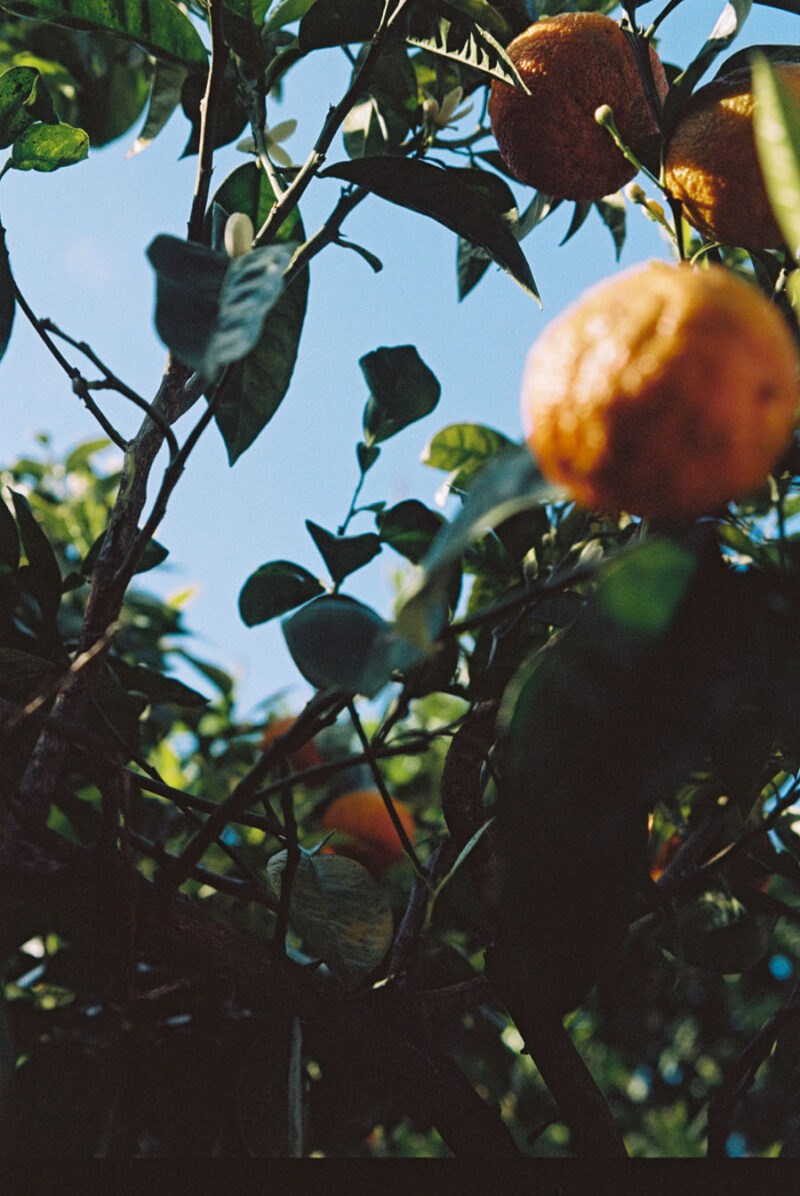
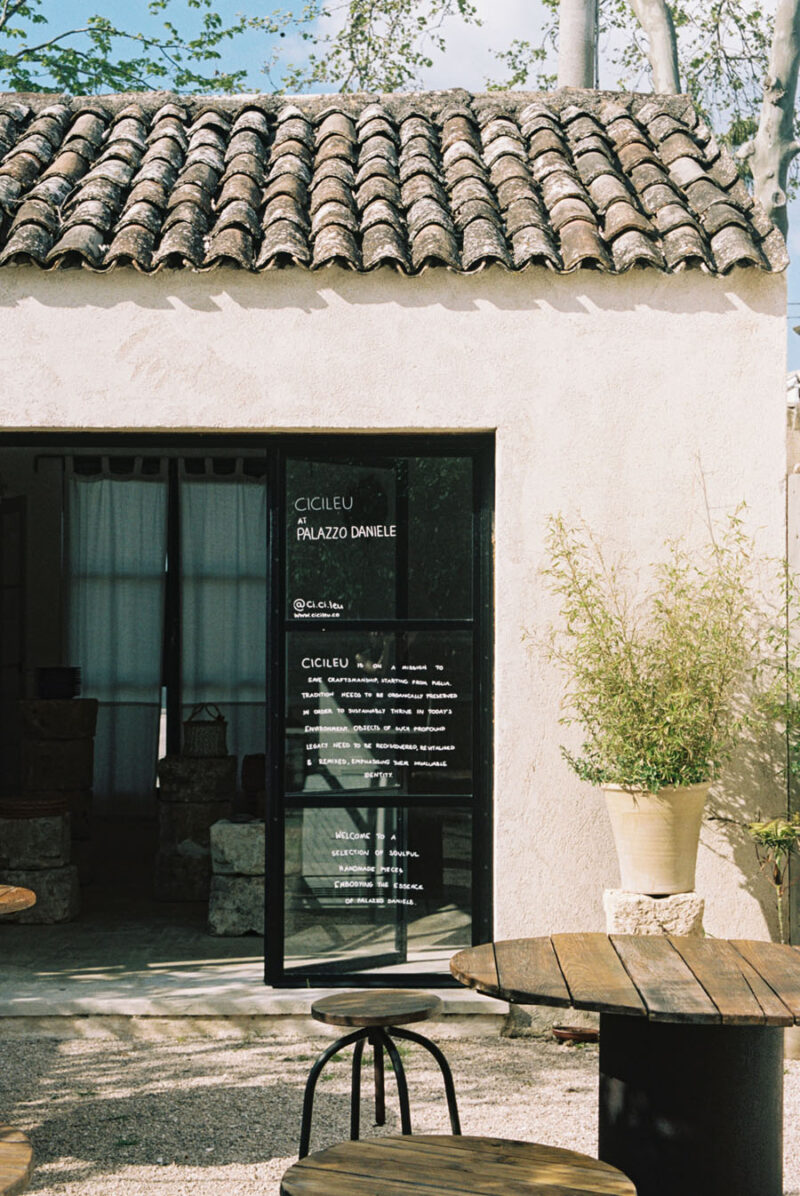
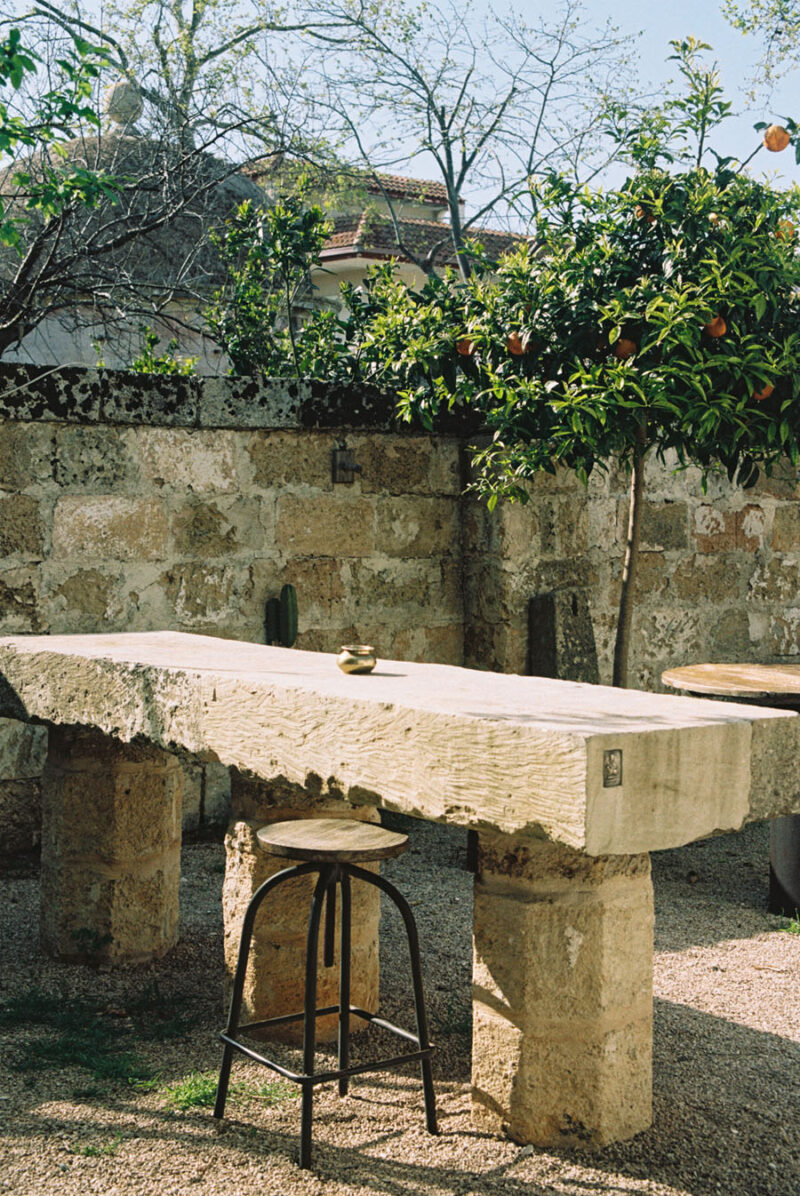
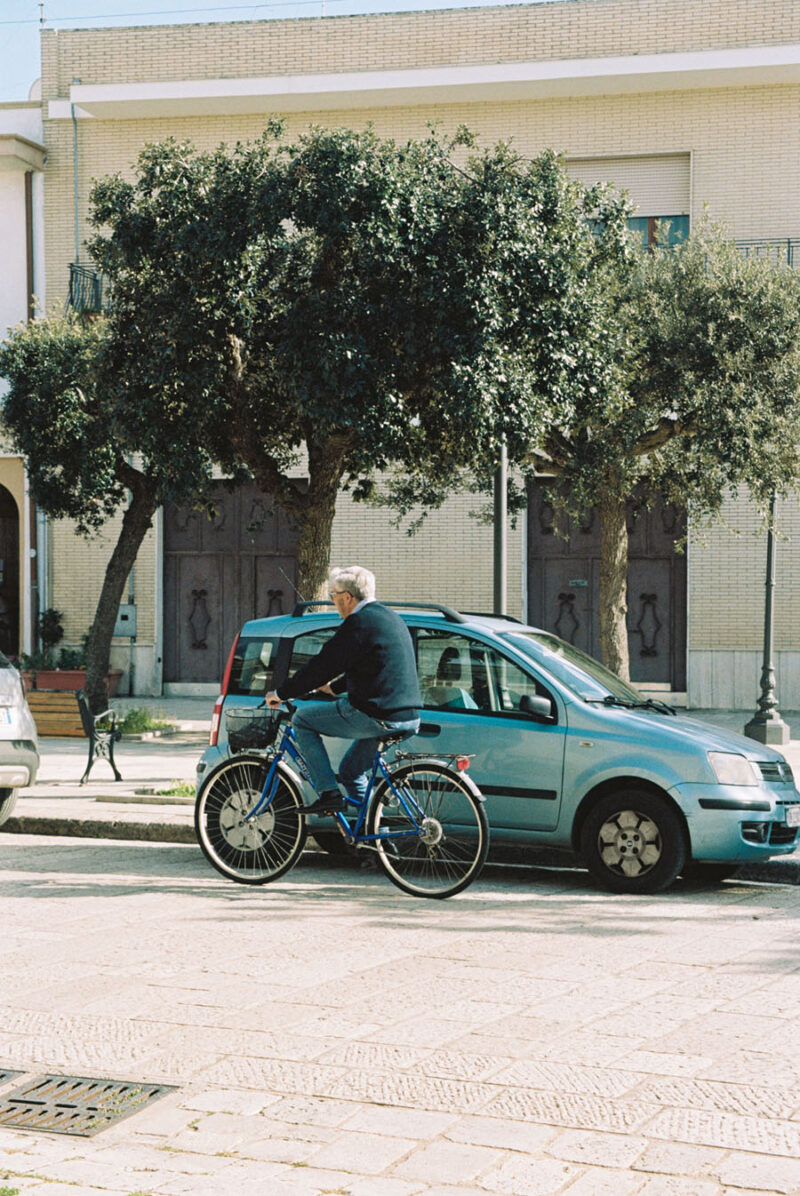
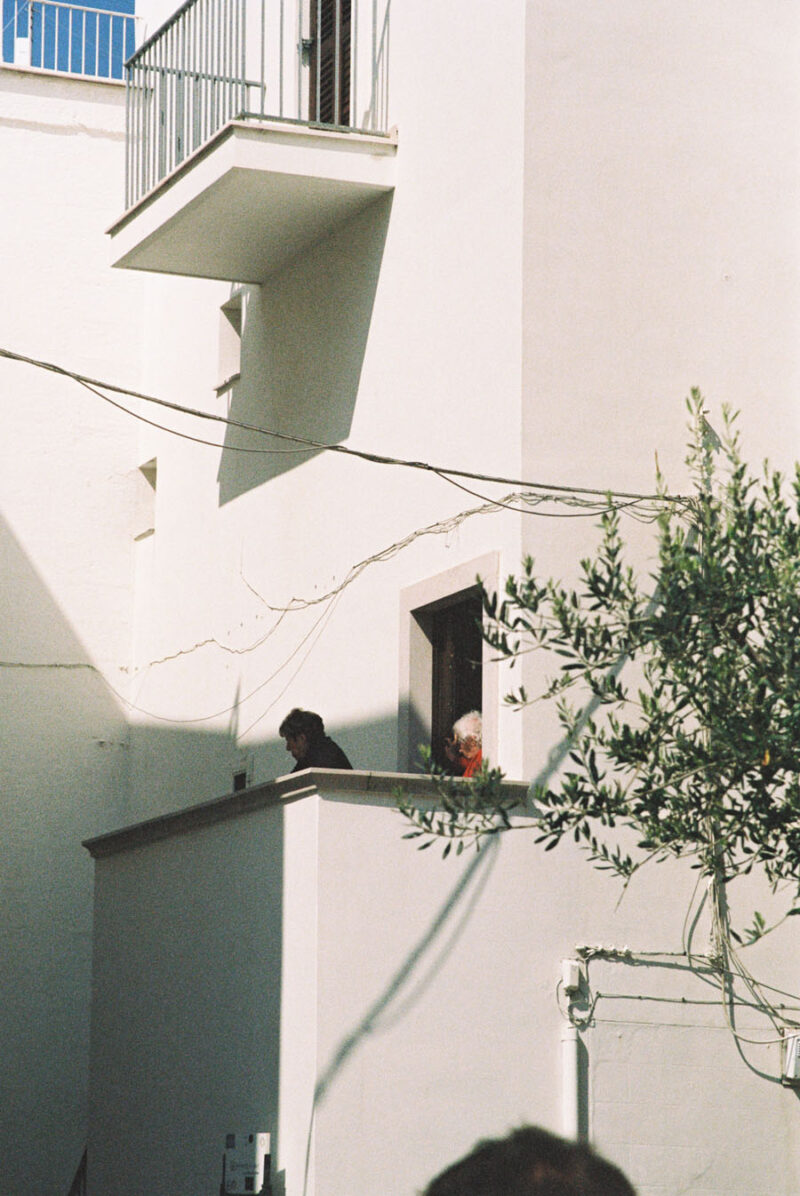
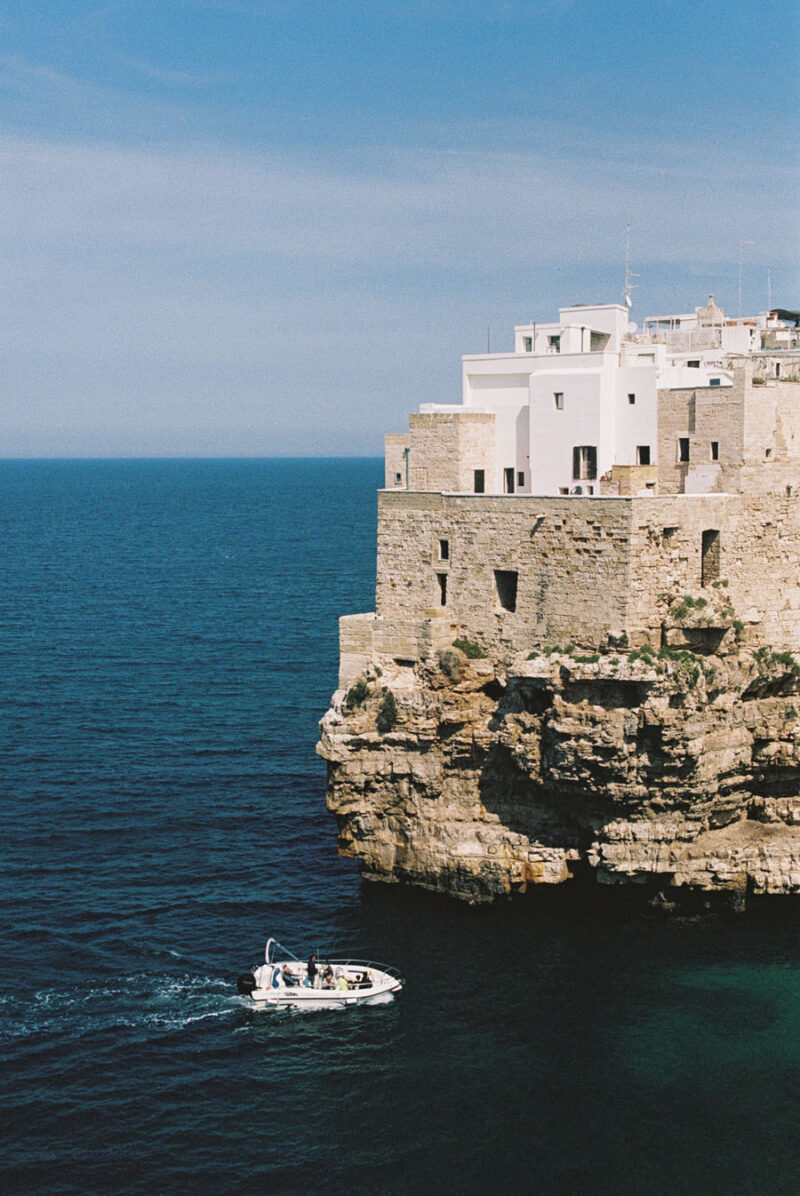
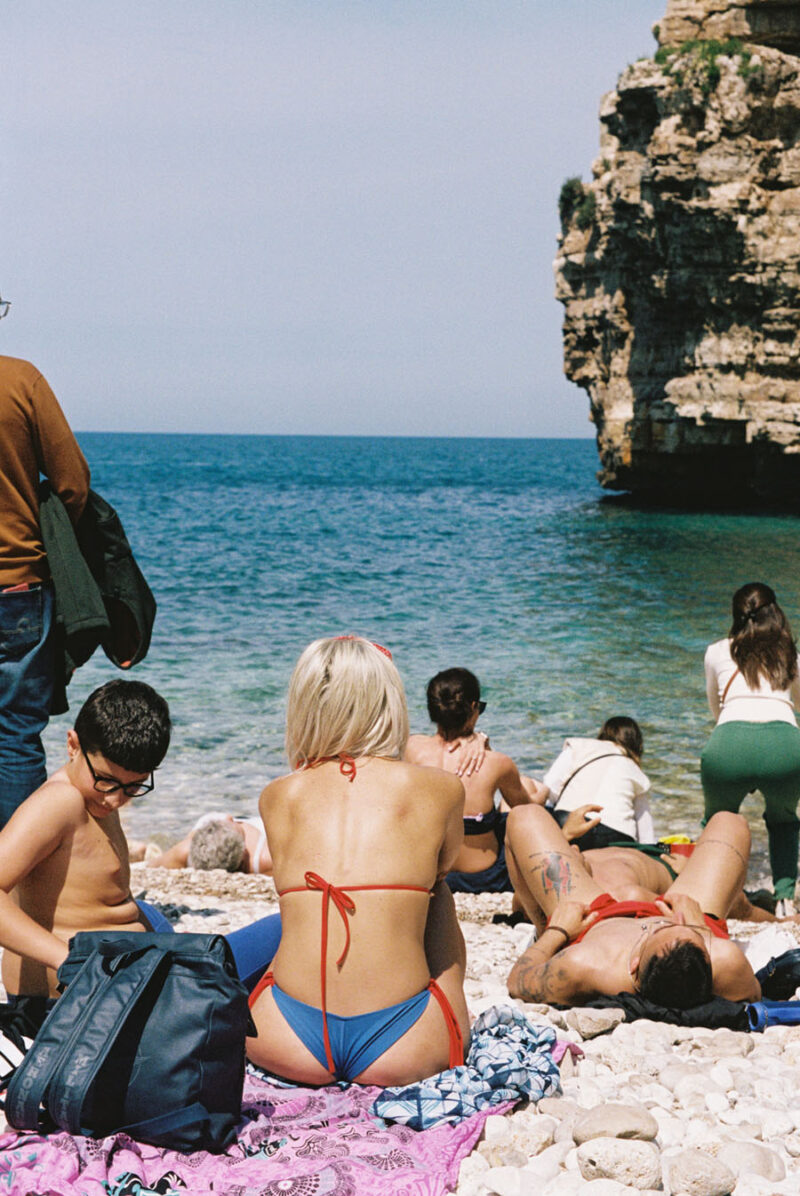
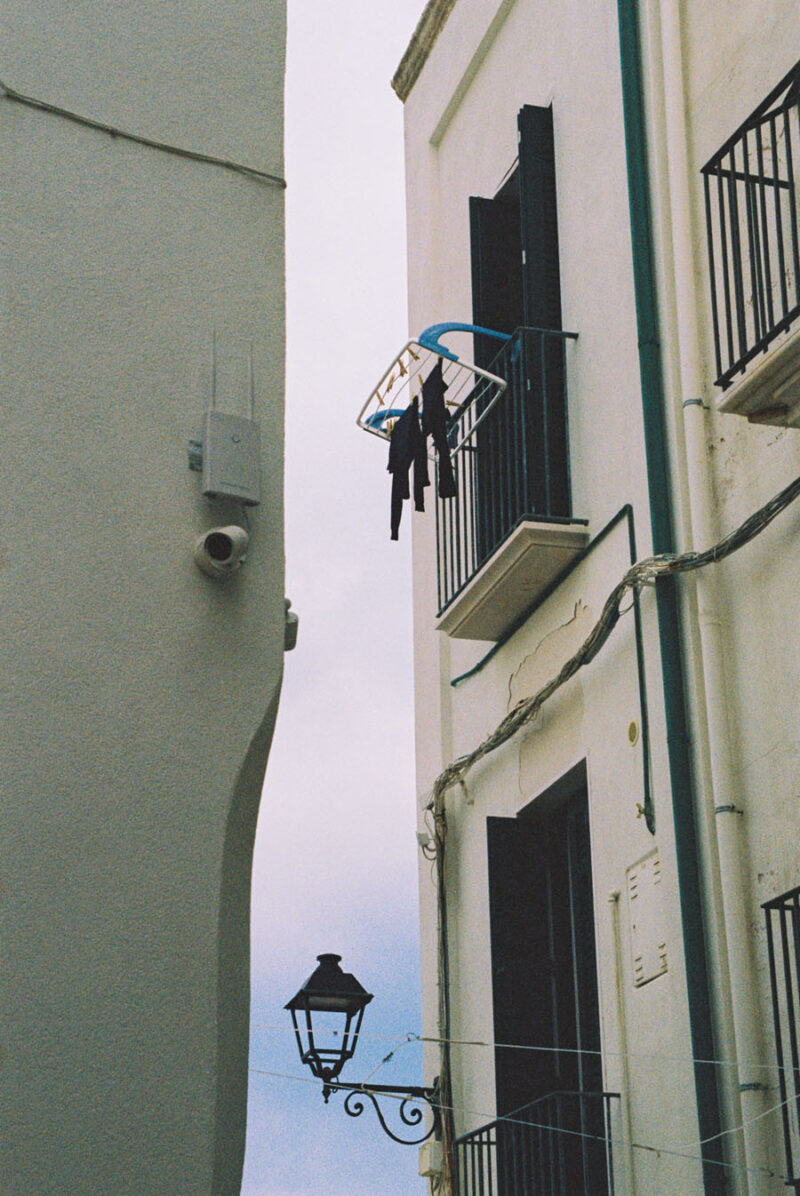
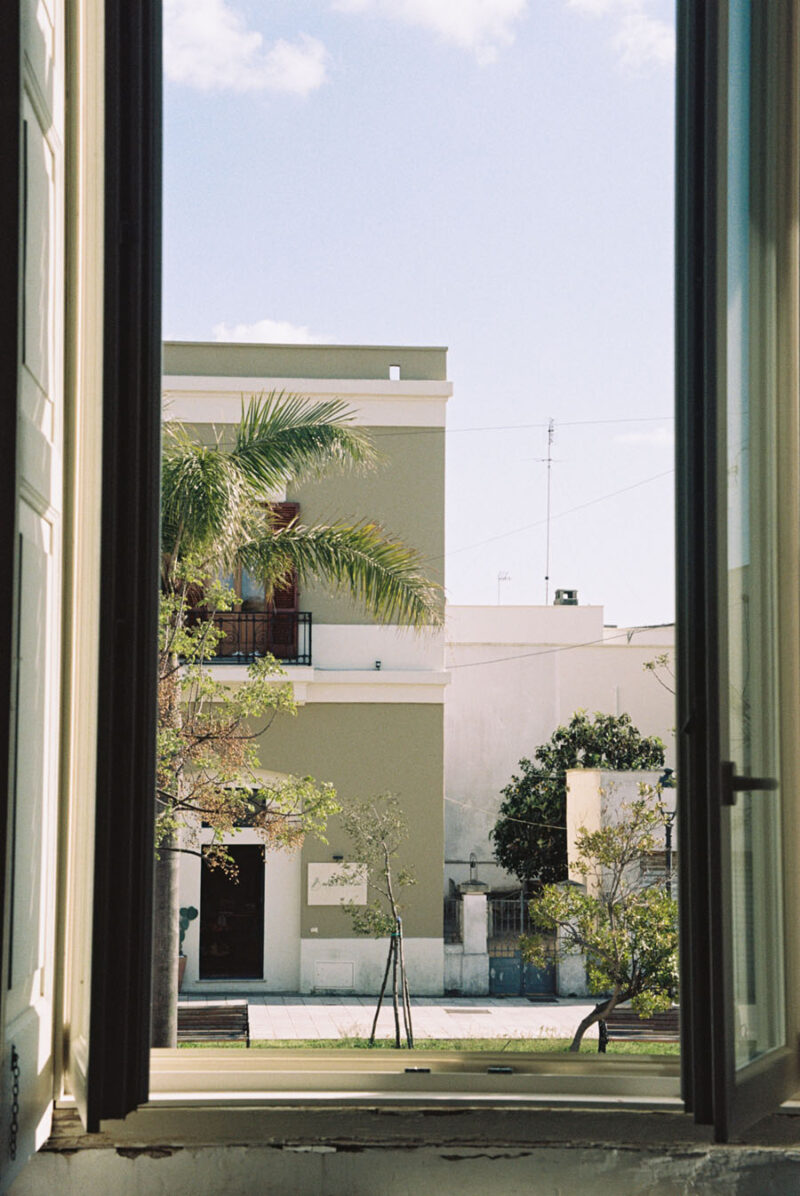
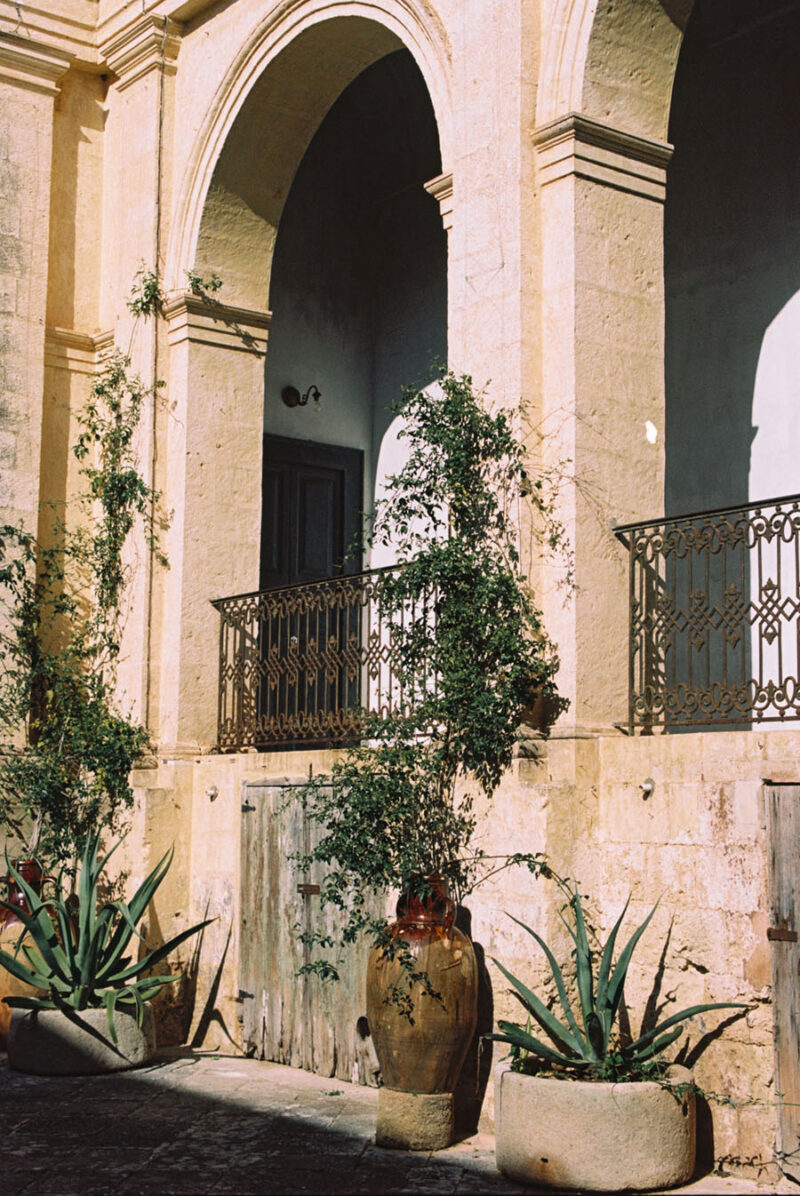
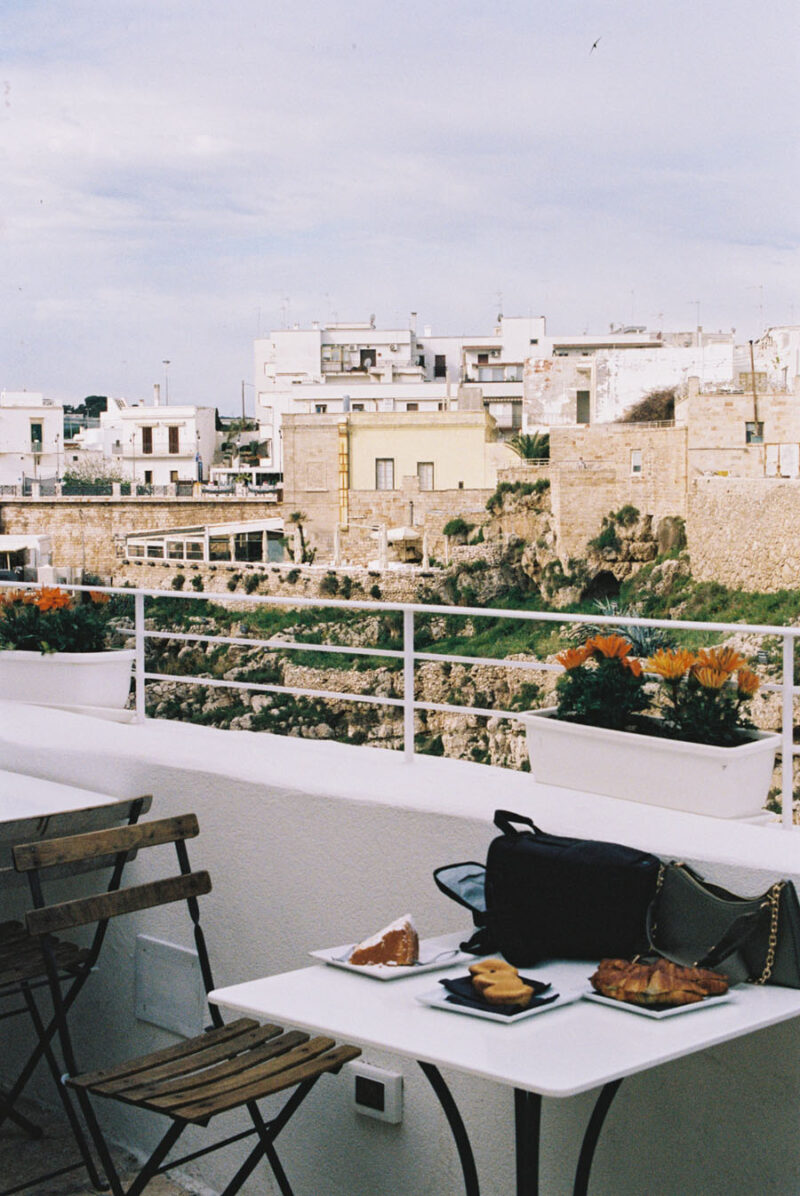
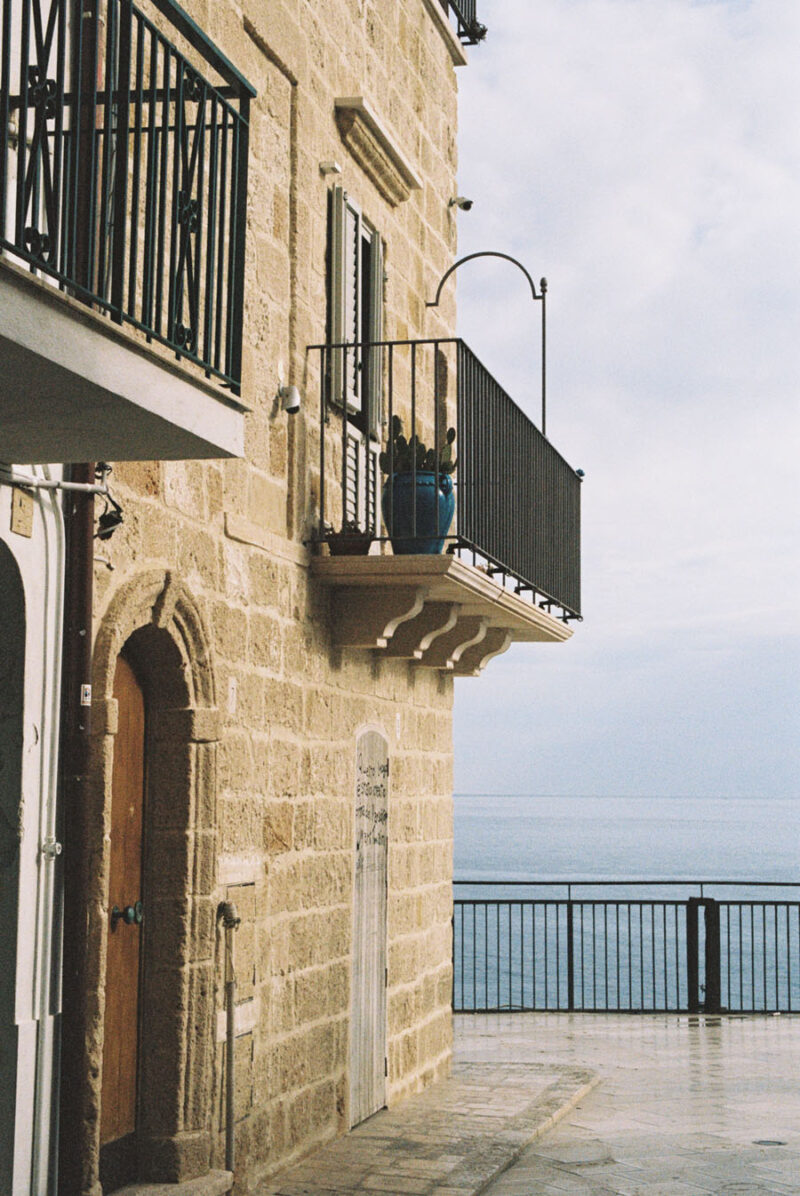
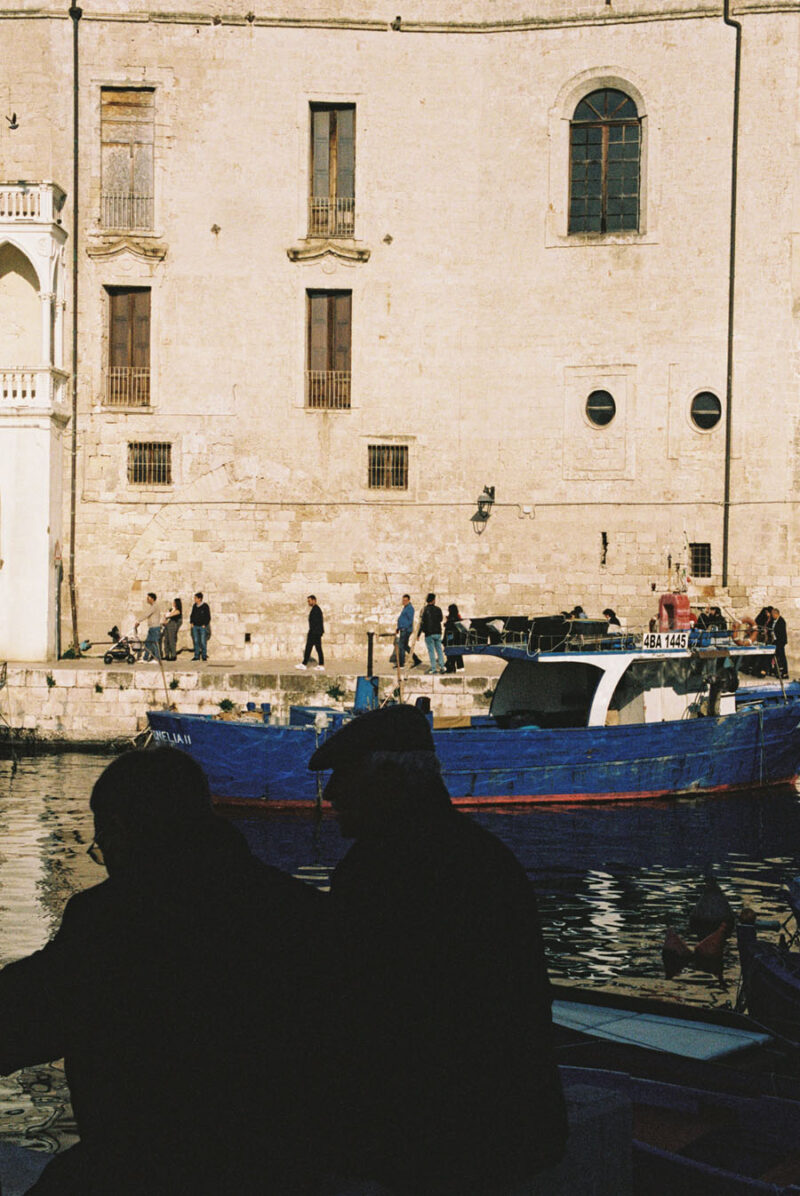
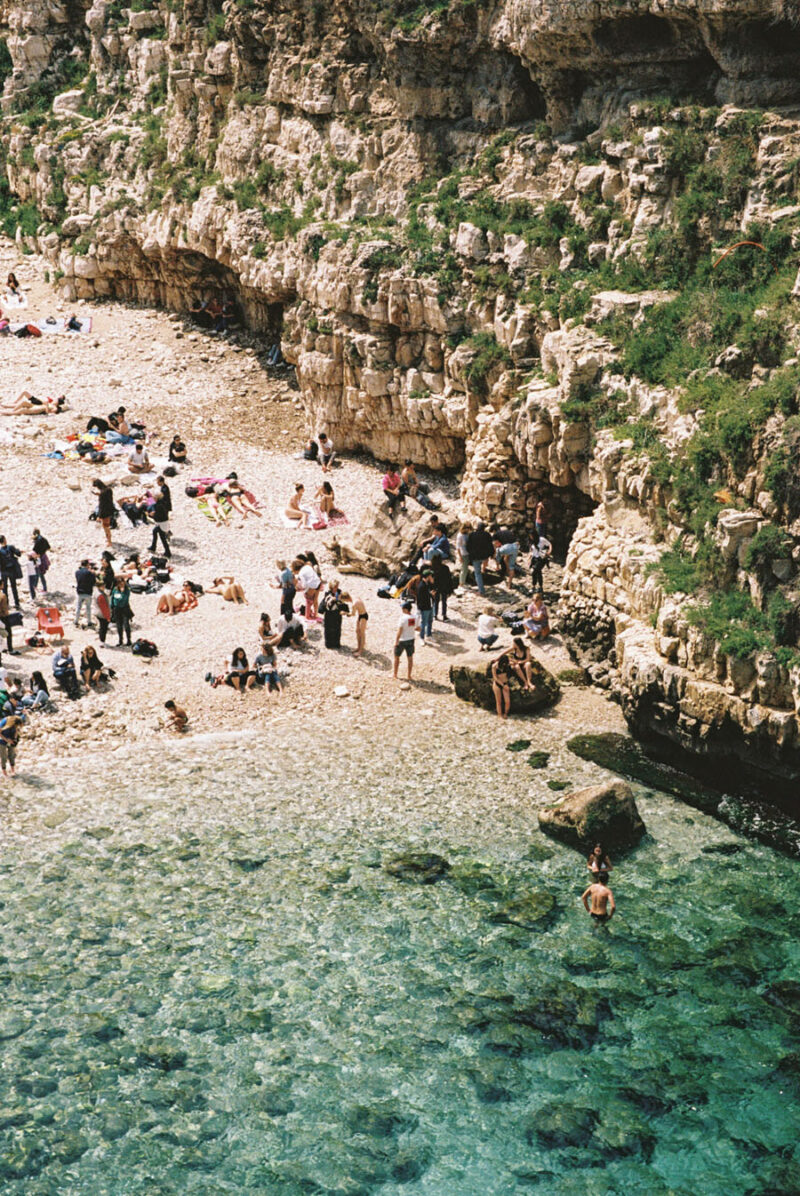
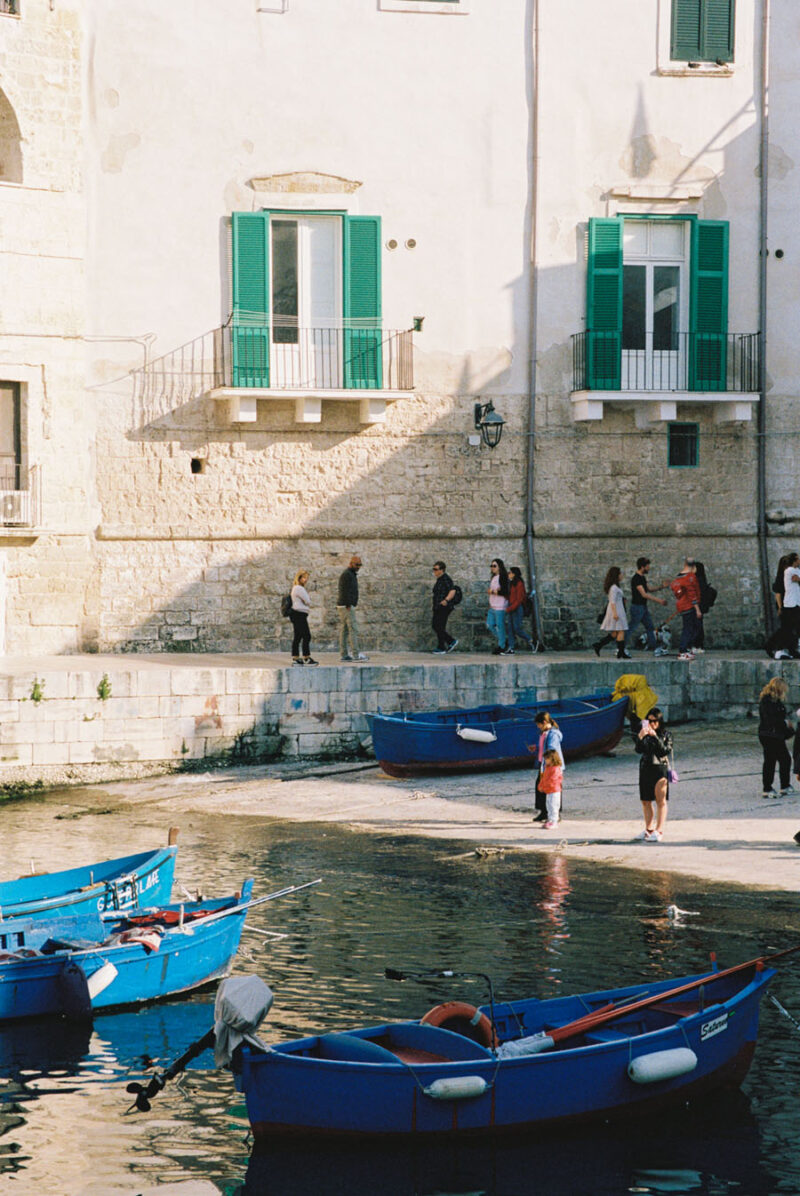
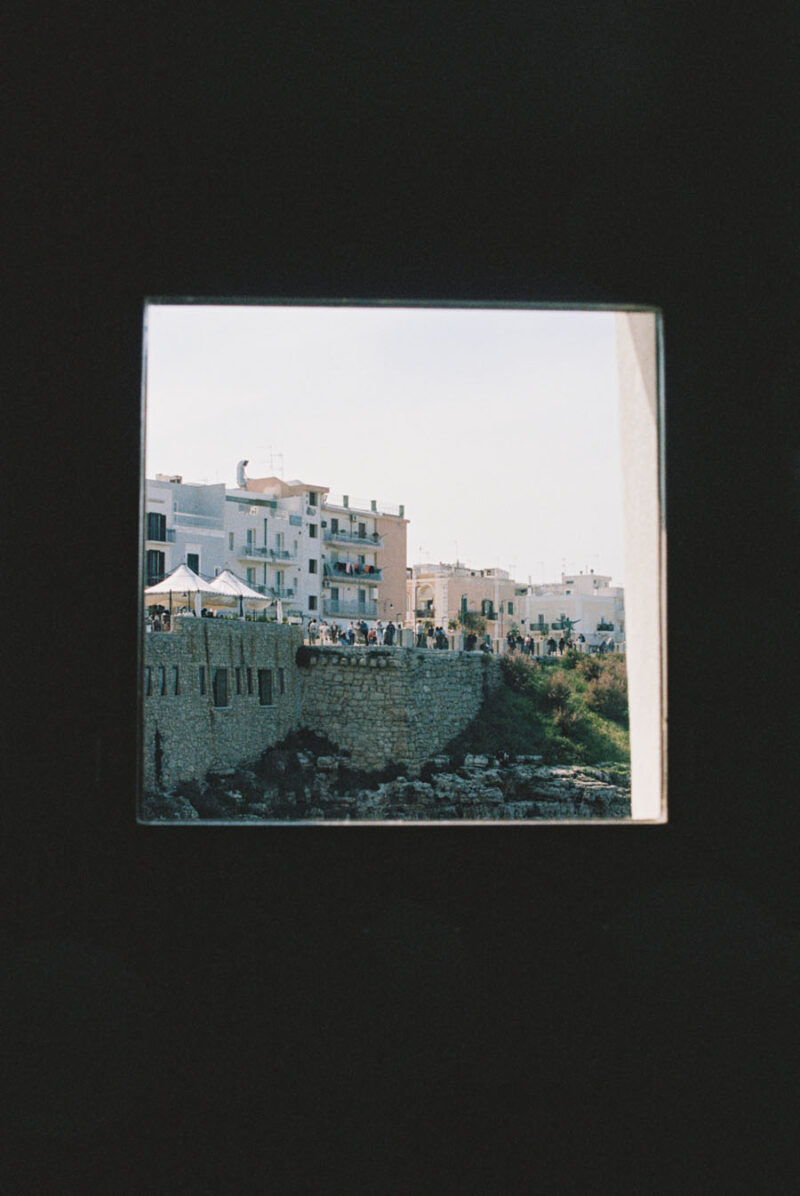
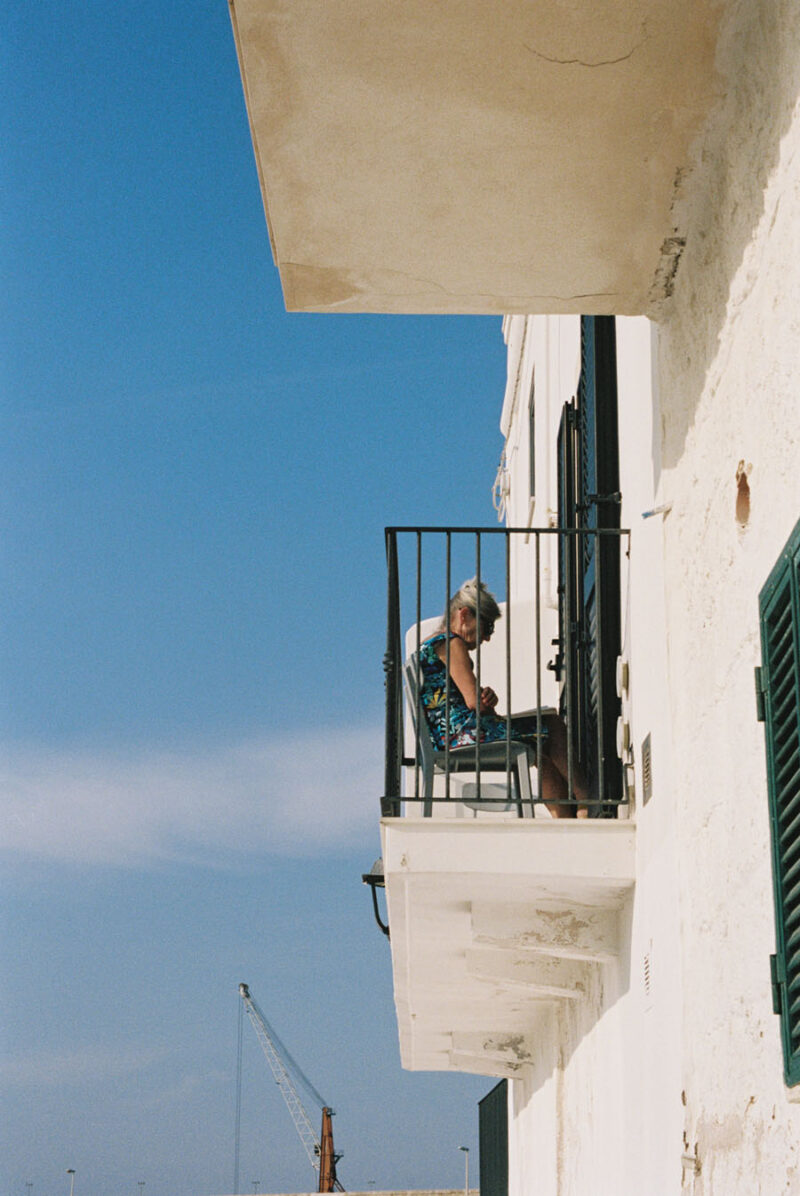
Photography: @throughcaraseyes
Hotels featured: @palazzo.daniele and @aquamareapolignano
The post Puglian Breeze appeared first on C-Heads Magazine.
All travellers can now pre-book security slots at Schiphol Airport
“Tell Me Where Your Freedom Lies” by Photographers Rona Bar & Ofek Avshalom
How Do You Like Them Apples? Can Sun’s Playful Sculptures Emerge from Bright Red Fruit

All images © Can Sun, shared with permission
If anyone ever told Can Sun not to play with his food, it’s a good thing he didn’t listen. The London-based Chinese artist meticulously carves red apples into geometric cross-sections and linking chains, sometimes adding accoutrements like brass hinges. Delicate slices are puzzled together to form circles or the skin carefully removed to reveal interlocking, rope-like shapes, as if the apple is caught in a net.
“I had a really tough childhood. For a long period, humour has been a way to protect my self-esteem,” Sun tells Colossal, sharing that he chose to focus on apples because the unexpected arises from the ordinary. “My work tries to break the audience’s logical expectations, which makes the audience wonder if the world is absurd. The more everyday the object, the greater shock when the audience sees its different forms.”
Sun enjoys playfully reinterpreting all sorts of everyday objects into uncanny artworks, like a wearable temporary sculpture made from dandelions that mimics brass knuckles. His work will be included in group exhibitions in Beijing and Shanghai this July and August, and you can follow updates on Instagram. (via BoingBoing)







Do stories and artists like this matter to you? Become a Colossal Member today and support independent arts publishing for as little as $5 per month. The article How Do You Like Them Apples? Can Sun’s Playful Sculptures Emerge from Bright Red Fruit appeared first on Colossal.
Archaeologists Uncover a Fresco in Pompeii with a Cheesy Pizza-Like Dish Served on a Silver Platter

All images courtesy of Archeological Park of Pompeii
Pompeiians—they’re just like us! Hungry for pizza.
Earlier this year, archaeologists excavating a block of houses in Regio IX of the Vesuvian city uncovered a fresco that shows a round, doughy dish resembling the modern favorite. Researchers were quick to point out that pizza, as we know it today, hadn’t been invented when the 2,000-year-old painting was created, although the ancient civilization did enjoy foccacia, a cousin of the tomato and cheese-covered pie.
This dish appears topped with pomegranate, spices, and a cheesy pesto known as moretum. Served on a silver platter accompanied by dried fruit, yellow strawberries, and a chalice filled with wine, the focaccia likely represents a “gift of hospitality,” according to the Archeological Park of Pompeii. These offerings to guests emerged from the Hellenistic period and the Greek practice of Xenia, which also describes the genre of paintings depicting this tradition.
Approximately 300 frescoes of ancient food have been found around Pompeii, although this still life is particularly well executed. While the work offers insight into what the buried civilization ate, director Gabriel Zuchtriegel says it also has implications for how we understand the evolution of food and wealth, sharing:
I think about the contrast between a modest and simple meal that reminds us of a sphere that stands between the pastoral and the sacred on one side, and the luxury of the silver trays and the refinement of the artistic and literary representations on the opposite side. When considering this matter, how can we not think about pizza, also born as a ‘poor’ dish in southern Italy that has now conquered the world and is served in Michelin star restaurants.
This discovery comes three years after archaeologists in Pompeii uncovered an impeccably preserved snack shop that served up fish, fowl, and of course, plenty of wine.




Do stories and artists like this matter to you? Become a Colossal Member today and support independent arts publishing for as little as $5 per month. The article Archaeologists Uncover a Fresco in Pompeii with a Cheesy Pizza-Like Dish Served on a Silver Platter appeared first on Colossal.
Interview: Sophie de Oliveira Barata on The Alternative Limb Project and the Nexus of Art and Medicine

Model Kelly Knox wearing “Synchronised.” Photos by Omkaar Kotedia, all images © The Alternative Limb Project, shared with permission
For more than a decade, Sophie de Oliveira Barata has been at the helm of The Alternative Limb Project, a Lewes-based studio that makes custom prosthetics for people with amputated or missing appendages. The designs range from uncannily realistic to fantastic, fairytale-like creations that fall at the intersection of art and medicine, a unique meeting point she discusses in a new interview with Colossal.
Some people have an idea that it will just be exactly the same all the time, and your body is a living organism, which is impossible to replicate. In some ways, it’s easier to go for an alternative because you haven’t got to match something that’s just changing all the time.
In this conversation, de Oliveira Barata speaks about the young girl who helped inspire the project, how cultural conceptions of physical disability have evolved, and the imaginative, empowering possibilities of alternative limbs.

“Anatomical Leg”
Do stories and artists like this matter to you? Become a Colossal Member today and support independent arts publishing for as little as $5 per month. The article Interview: Sophie de Oliveira Barata on The Alternative Limb Project and the Nexus of Art and Medicine appeared first on Colossal.
Mantra’s Immense Butterfly Murals Flutter Across Buildings and Walls

Jackson, Michigan. All images © Mantra, shared with permission
Seemingly floating atop vast brick exteriors and inside massive specimen boxes, enormous butterflies stretch their wings, casting a soft shadow on building facades. Now based on both sides of the Atlantic—Switzerland and Mexico City—French artist Mantra (previously) continues to lean into the passion, curiosity, and respect he harbors for nature. Pursuing his childhood dreams of becoming a naturalist, the artist’s signature take on exploring the Lepidoptera through freehand acrylic murals is monumental.
Mantra is inspired by insects’ seemingly effortless movements and motions that are, in actuality, incredibly complex. He explains to Colossal that “it is quite challenging to study a butterfly so closely that your presence will not disturb them. Their flight patterns are unpredictable, and they rarely spend much time resting on a leaf or flower. However, this is precisely what captivates me.” The artist has also had recent opportunities to affirm his practice, such as accompanying a volunteer research program and census by the Cerro Prieto community inside the Monarch Butterfly Biosphere Reserve in Mexico.
As he works toward his first museum show in the United States projected to open next year, you can keep up with his work on his Instagram and website.

Switzerland

Mantra’s summer studio

Italy

Italy

Spain

Mantra’s studio
Do stories and artists like this matter to you? Become a Colossal Member today and support independent arts publishing for as little as $5 per month. The article Mantra’s Immense Butterfly Murals Flutter Across Buildings and Walls appeared first on Colossal.
Ashley Humason's Exploration of the Ominous with Lomography Redscale

Massachusetts-based photographer Ashley Humason shares her exploration of loss, abandonment, mortality and solidarity using Lomography Redscale film.
Monumental Classical Figures and Graffiti Converge in New Murals by PichiAvo

“Venus del Mitreo” (2023), part of a project with Museo de Muralismo Contemporáneo de Mérida, Mérida, Spain. All images © PichiAvo, shared with permission
PichiAvo (previously) continue to scale multistory buildings from Ontario to Tahiti, recently painting a series of vibrant new murals. Known for combining figures from Greek mythology with spraypainted tags synonymous with graffiti, the Valencia-based duo often work in vibrant jewel tones, especially warm pinks and violets shadowed by cool blues. Rendered in a style evocative of ancient marble statues, classically idealized portrayals of deities like Mercury and Venus are intertwined with contemporary street art. For a recent project back in the pair’s hometown, the god of wine, Bacchus, hoists a bunch of grapes on a wall of the aptly named Mythic Hotel.
During extensive travels, PichiAvo have found ways to adapt what they call “urbanmythology,” especially as it relates to specific locations. A diptych on two buildings in Paea, Tahiti, taps into a Tahitian legend about the prince of neighboring Paparā and the prince of Paea’s son fighting for control of the land in a javelin duel, thus determining the borders between the two communities. And taking the theme of the wall indoors, an ongoing body of work they call Diaspasis turns raw plasterboard into a canvas, emphasizing crumbled edges as if it has been chiseled and removed from architecture.
If you’re in Montréal, you can stop by PichiAvo’s new solo exhibition titled Three Graces at S16 Gallery, which runs June 15 through July 9. Find more on the artists’ website, and follow updates on Instagram.

“Mercury and Psyche” (2022) in Toronto, Ontario, Canada

“Mercury and Psyche” in progress

“Bacchus” (2022) at the Mythic Hotel in Valencia, Spain

Javelin murals (2023). part of ONO’U, Paea, Tahiti, French Polynesia

Detail of a mural in Tahiti

Photo by Bruno Lopes, courtesy of Underdogs Gallery, Lisbon

Photo by Bruno Lopes, courtesy of Underdogs Gallery, Lisbon
Do stories and artists like this matter to you? Become a Colossal Member today and support independent arts publishing for as little as $5 per month. The article Monumental Classical Figures and Graffiti Converge in New Murals by PichiAvo appeared first on Colossal.
Friday Favourites #madewithfp4
It makes us so happy that you enjoy shooting ILFORD FP4+ as much as we, as you demonstrated for this week's #ilfordphoto #fridayfavourites theme being #madewithfp4.
@JeremyCalow. One of my favourite shots with FP4+ “The Crew” #ilfordphoto #fridayfavourites #madewithfp4
@kostamuksendee. #ilfordphoto #fridayfavourites #madewithfp4. I feel nostalgic sharing these FP4+ photos of Helsinki summer. This is when we would enjoy bathing in the sun (but in shades of course), before diving into more than half a year of darkness.FP4+ here is mostly pushed about 4 stops.
@peter_durst. For this weeks “Friday favourites” I would like to submit: Duncan’s LTD. Fuji GS645W
Fuji GS645W FP4+
FP4+  Whitehorse, YT. FP4+ fits my shooting style perfectly. Sunshine or not. It’s my desert island stock. #believeinfilm #ilfordphoto #fridayfavourites #madewithfp4
Whitehorse, YT. FP4+ fits my shooting style perfectly. Sunshine or not. It’s my desert island stock. #believeinfilm #ilfordphoto #fridayfavourites #madewithfp4
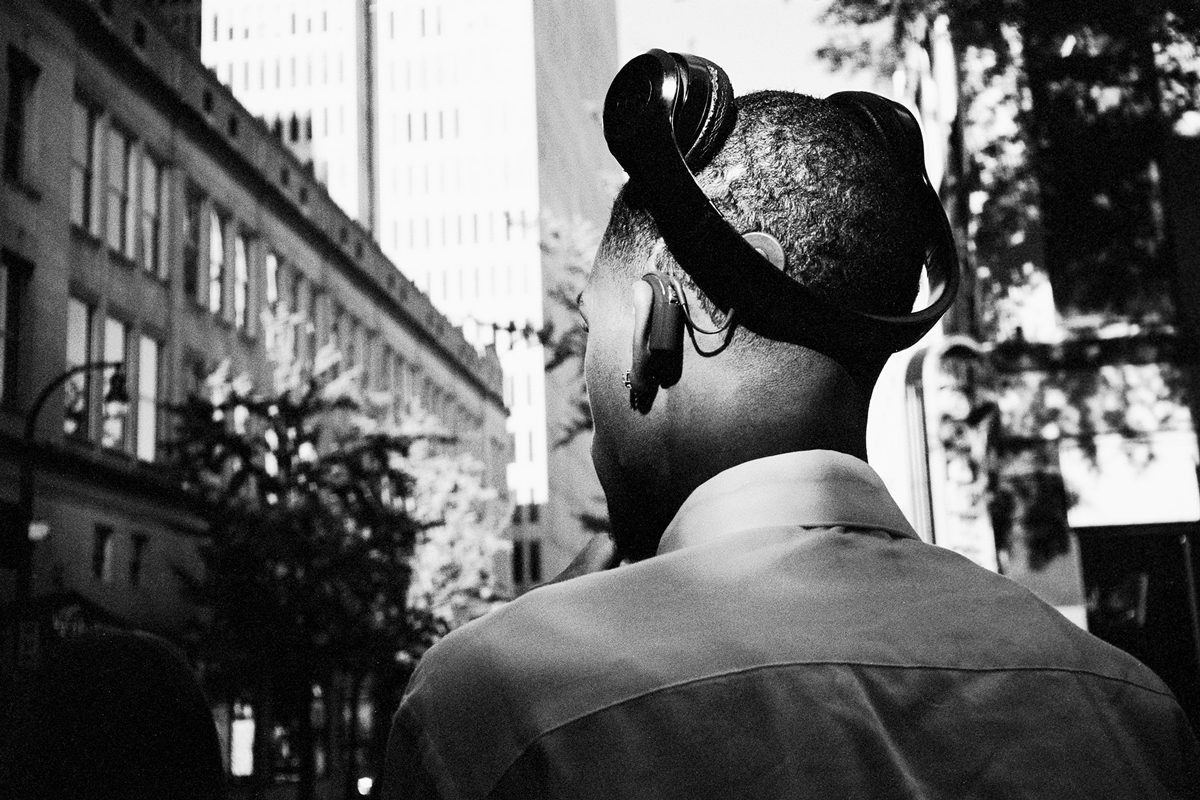
@olabillmont. Portrait with a handheld 4x5" Speed Graphic #ilfordphoto #fridayfavourites #madewithfp4
UPCOMING THEMES
We're sharing the details on our next few #ilfordphoto #fridayfavourites themes to give you a chance to find images. Use #ilfordphoto #fridayfavourites plus the theme # and, tell us which film they are shot on when sharing.
16th June. - #largeformat. - Share your best pictures shot on ILFORD large format film.
23rd June. - #themefree. - Share your favourite image(s) shot on our film or paper.
30th June. - #prideonfilm. - We want to see your pride celebrations shot on our film.
The post wordpress-seo$s appeared first on Ilford Photo.
Saturday Morning Breakfast Cereal - Knowing

Click here to go see the bonus panel!
Hovertext:
Look the fact that there's a misspelling in the votey panel just makes the point more strong.
Today's News:
How a Young Chinese Photographer Subverts Traditional Gender Roles
Ziyu Wang grew up in Xinyang in a traditional Chinese family, meaning that he was constantly aware of the gendered expectations that his parents have for him. “My father had hoped I would become a government official, because in his eyes, this was a symbol of masculine power,” Wang says. “As a result, I took a photo of myself wearing a suit against a blue background, as in China, all government officials have ID photos with this backdrop.” But what might it mean for Wang, who is queer and now lives and works in London and Shanghai, to upend these expectations, and to challenge himself and others through photography?
In his playful self-portrait series Go Get ’Em Boy (2021–22), Wang performs traditionally masculine archetypes in front of the camera, embodying different characters to point out the often absurd assumptions of traditional gender performance, in China and elsewhere. The reflexive nature of self-portraiture allows Wang to explore these themes and remain authentic to his own life. Informed by gender theorists such as Judith Butler, whose germinal writing in the 1990s framed gender as a form of performance, Wang inflects ideas of “gender parody” into the context of Asian men, subverting stereotypical ideas to capture gay, Asian men in the role of “alpha” males. In Lads (2022), Wang poses in a line with other Asian men, all shirtless, flexing, ordered from largest to smallest physique. It’s a striking image that, on one hand, cleverly confronts stereotypes of Asian masculinity as it relates to the body while, on the other, questioning the viewer’s expectations of what a “man” should look like.
While Wang employs a supporting cast of characters, the focus in Go Get ’Em Boy remains on how he himself can personify these masculine archetypes. “I believe that using myself as the subject allows me to create a deeper connection with the viewer, as they are able to see me, my body, and my emotions in a way that they might not be able to with an image of someone else,” he notes.
Wang’s photographic influences include Hans Eijkelboom’s With My Family (1978), a series wherein the Dutch photographer took self-portraits with real families, interloping as a fake father figure. “What I love about this series is Eijkelboom’s ability to subtly shift identities and insert humor into a familial context,” Wang says. He also cites Yushi Li’s self-portraiture work as a touchstone of photography that deals with tangential ideas of gender and race, using a similar approach.

Wang approaches image-making with levity and wit. “Humor and playfulness are key to making conversations about masculinity and gender identity more inclusive,” he says, which “allows for detachment and questioning, connects with audiences, and creates a more accessible and relatable experience.” However, the pleasure of viewing Wang’s parodies of masculinity (for example, being held in a pose of extraordinary athleticism by two conspirators in morph suits), belies the use of humor as a critical device. “I had been pretending to be heterosexual in my parent’s presence,” Wang says. “It struck me as absurd.”
While Go Get ’Em Boy is foremost a playful refraction of his own lived experiences, Wang is aware of the broader ideas communicated by his work. “Many young Chinese people are often pressured to conform to cultural and societal expectations surrounding gender, sexuality, and identity,” remarks Wang, who has come across similar experiences of familial prejudice in conversations with his queer, Chinese friends in London. This experience of having to live a double life—being able to be openly queer in London, but not China—is something he wants to explore in a future body of work. “Overall, I want to bring attention to the struggles faced by the queer, Chinese community.”
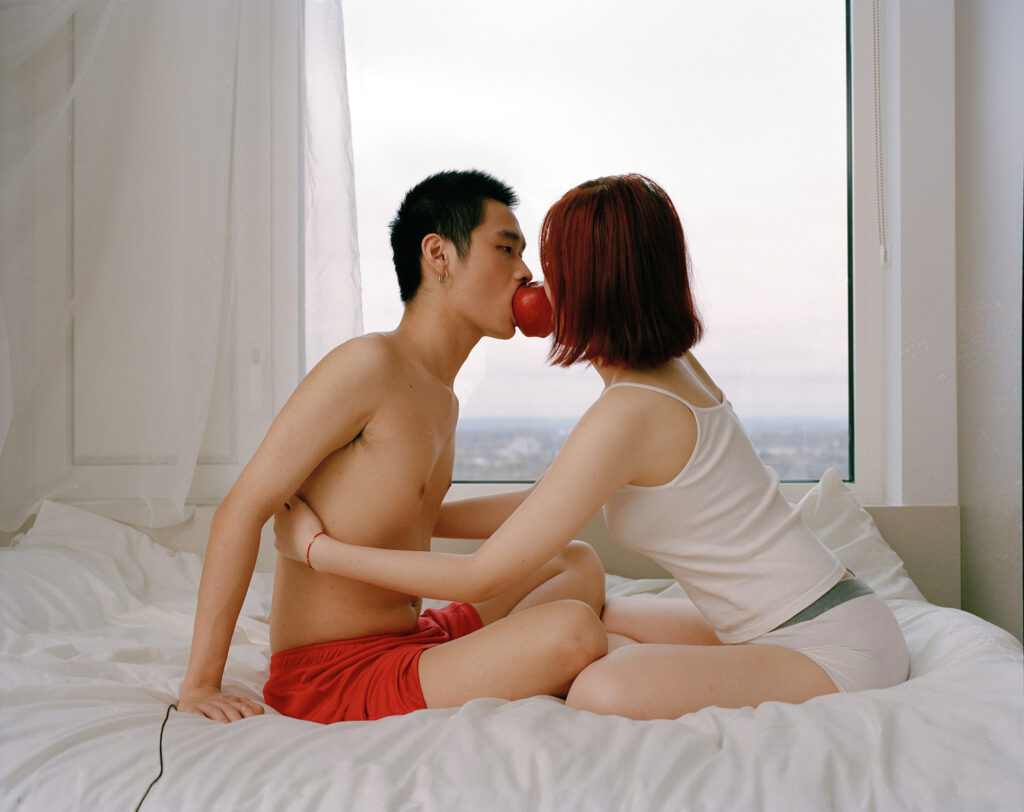


All photographs from the series Go Get ’Em Boy. Courtesy the artist
Ziyu Wang is a runner-up for the 2023 Aperture Portfolio Prize, an annual international competition to discover, exhibit, and publish new talents in photography and highlight artists whose work deserves greater recognition.
A Reel-to-Reel Recorder Animates Wildlife Automata Using Carl Sagan’s Warning of Climate Disasters
A new advertisement for the United Nations Global Compact, the largest corporate sustainability program in the world, recalls the nearly 40-year-old speeches of the prescient American scientist and cosmologist Carl Sagan. Famously testifying to Congress in 1985 to alert of the dangers of a warming environment, Sagan was an unflinching advocate for transitioning the world away from fossil fuels and protecting the planet for generations to come.
In “Carl Sagan’s Message,” the Brazilian production company Boiler Filmes and ad agency AlmapBBDO bring the scientist’s words back to life alongside a menagerie of wildlife automata. As a reel-to-reel audio recorder plays his speeches, a kangaroo, elephant, moose, and more—all of which were created by artist Pablo Lavezzari—begin to wiggle. Each is part of a larger installation, a fitting metaphor for the connection of all living beings.
Throughout the nearly two-minute ad, Sagan warns, “We’re doing something immensely stupid…The abundance of greenhouse gases is increasing. One degree of temperature change is enough to produce widespread suffering and famine worldwide.” Unfortunately in 2023, the planet has already surpassed one degree, and we now face the immense task of limiting warming to 1.5 degrees Celcius. “40 years ago it was urgent,” the ad reads. “Now it’s an emergency.”




Do stories and artists like this matter to you? Become a Colossal Member today and support independent arts publishing for as little as $5 per month. The article A Reel-to-Reel Recorder Animates Wildlife Automata Using Carl Sagan’s Warning of Climate Disasters appeared first on Colossal.
Tom Hegen’s Aerial Photos of Spanish Olive Groves Reveal Undulating Patterns and Deep Traditions

All images © Tom Hegen, shared with permission
For millennia, Spain has been leading producer of olives thanks to the Mediterranean climate’s long, hot summers and mild winter temperatures. Harvested and cured in brine or ground up to extract the natural oils, the fruits are grown on trees planted in vast groves that stretch for miles over the undulating landscape. The region of Andalusia in particular boasts a time-honored tradition of olive cultivation, producing and exporting more than any other part of the country. For German photographer Tom Hegen, the rows and grid-like patterns of the groves presented an irresistible subject.
Known for his aerial photos of swaths of earth that have been impacted by human presence, such as salt extraction sites, Florida beaches, and solar plants, Hegen captures expansive Spanish landscapes that when viewed from above, morph into abstractions of pattern and texture. He highlights the immense monocultures that spread over nearly six million acres of Spanish countryside, documenting both large-scale agricultural production and smaller farms managed by individual families for whom producing olive oil is a centuries-old vocation.
Explore more of Hegen’s aerial photography on his website and Instagram.








Do stories and artists like this matter to you? Become a Colossal Member today and support independent arts publishing for as little as $5 per month. The article Tom Hegen’s Aerial Photos of Spanish Olive Groves Reveal Undulating Patterns and Deep Traditions appeared first on Colossal.
Gordrag’s Bane
The post Gordrag’s Bane appeared first on The Perry Bible Fellowship.
Taxpayers risk paying for €300m black hole in luxury EU pension fund
A voluntary top-up pension fund used by hundreds of politicians is set to go bankrupt by 2025 at the latest. The European Parliament must decide what happens next.
The post Taxpayers risk paying for €300m black hole in luxury EU pension fund appeared first on Investigate Europe.
Architectonic Photographs by Charles Brooks Illuminate the Atmospheric Interiors of Historic Instruments

“St. Marks Pipe Organ, Part 2.” All images © Charles Brooks, shared with permission
A pipe organ soars like a skyscraper-lined boulevard and a Steinway piano’s action mechanism transforms into a sun-speckled tunnel in atmospheric photographs by Charles Brooks (previously). His ongoing Architecture in Music series highlights the inner structures of renowned instruments, imbuing the interiors with airy light. Bringing the camera inside a variety of string, brass, keyboard, and woodwind instruments, he offers unique insight into rarely seen textures, details, and patinas. He angles the camera from a low viewpoint, mimicking the perspective of standing in a grand space and looking up at architectural details like columns or skylights.
Brooks has played cello for most of his life and for two decades, performed in orchestras around the world, fueling his curiosity about how instruments are made and who built or played them. Unless you’re a luthier, it’s unlikely you would ever see the inside of a violin, so the photographer wanted to highlight the precision and individuality of a wide variety of examples. Proffering glimpses of a range of interiors—where the real magic happens—Brooks highlights the volumes and components designed to allow sound to swell throughout meticulously assembled forms.
You can purchase prints of many of Brooks’ photographs on his website, and follow updates on Instagram.

“Charles Threress Double Bass c. 1860.”

“‘Siete Lunas’ Guitar by Roberto Hernandez”

“1995 Low C Prestige Bass Clarinet”

Left: “Lockey Hill Cello c. 1780.” Right: “The Exquisite Architecture of Steinway, Part 8,” Steinway Spirio R piano

“Pianola”

“Inside an Acoustic Guitar, Part 2”

“St. Marks Pipe Organ, Part 1”

“Hopf Violin c. 1880, Part 1”

“Taylor GS Mini Guitar”
Do stories and artists like this matter to you? Become a Colossal Member today and support independent arts publishing for as little as $5 per month. The article Architectonic Photographs by Charles Brooks Illuminate the Atmospheric Interiors of Historic Instruments appeared first on Colossal.
Marine Animal Masks by Liz Sexton Spotlight Beloved Species in Lifelike Papier-Mâché

All images © Liz Sexton, shared with permission. Photography in collaboration with Ben Toht
If you feel like a fish out of water, the saying goes, then you’re probably feeling a little confused or uncomfortable. St. Paul-based artist Liz Sexton gives the simile new meaning with recent marine-themed additions to her ongoing papier-mâché masks series, highlighting the distinctive faces of familiar creatures like walruses, manatees, and polar bears that find themselves out and about on dry land.
Sexton enjoys papier-mâché for its versatility and accessibility, using additional readily available materials like cloth, wire, and acrylic paint to build up each animal’s unique textures, patterns, and colors. Comprising her upcoming solo exhibition Out of Water at the Minnesota Marine Art Museum, the lifelike wearable sculptures draw attention to a variety of beings that rely on aquatic ecosystems for survival. Barnacles and belugas are photographed in atmospheric settings by the artist’s partner and collaborator Ben Toht, who captures each animal’s unique details and expressions.
Many of Sexton’s sculptures portray species that, in their native habitats, are under threat as they increasingly become entangled in nets and suffer the effects of the climate crisis. The delicate and often awkward balance between the human-made environment and natural ecosystems is highlighted in photographs of the masks in atmospheric settings by the artist’s partner and collaborator Ben Toht. The portraits playfully juxtapose the creatures with unusual locations like a grocery store freezer aisle, a campground, or a laundromat.
Out of Water opens May 6 and continues through September 3 in Winona, and you can find more work on the artist’s website and Instagram.








Do stories and artists like this matter to you? Become a Colossal Member today and support independent arts publishing for as little as $5 per month. The article Marine Animal Masks by Liz Sexton Spotlight Beloved Species in Lifelike Papier-Mâché appeared first on Colossal.
In ‘Fire / Flood,’ Gideon Mendel Photographs Those Who Remain Amid Climate Disaster

Muhammad Chuttal, Khaipur Nathan Shah, Sindh Province, Pakistan, October 2022, from ‘Drowning World.’ All images © Gideon Mendel, shared with permission
An emergency that’s often explained with abstract data, catastrophic predictions, and threats to the planet and its species, the climate crisis can be difficult to comprehend. For decades, warming temperatures and rising waters were largely connected to plants and animals, with imagery showing the devastation as it relates to polar bears, coral, and other threatened species. There’s been growing interest in recent years, though, in documenting the communities most profoundly affected and highlighting the human impact already underway.
Gideon Mendel, a South African photographer living in the U.K., has been taking this approach in his two companion series, Drowning World and Burning World. On view now at The Photographers’ Gallery as part of Fire / Flood, Mendel’s portraits are deeply personal, showing individuals and families in their homes and neighborhoods that have been destroyed by natural disasters. Taken in 15 countries since 2007, the collection insists on recognizing that although the regularity and intensity of wildfires, hurricanes, and other weather events are increasing, humanity has been feeling the effects of the crisis for decades.
Mendel began Drowning World first after floods overtook Doncaster, a small city in South Yorkshire. He started by photographing people partially submerged in what was left of their homes, a position that he recreated a few weeks later when visiting India. “When I got back, I put these pictures side by side, portraits from floods in the U.K, and India, and I felt like something quite strong was happening—a shared vulnerability, despite the huge differences in wealth, culture, and environment. That was the beginning of the journey for me,” he told LensCulture.

João Pereira de Araújo, Taquari District, Rio Branco, Brazil, March 2015, from ‘Drowning World’
Whether captured in Haiti, Brazil, Pakistan, or France, the photos assert that no community is immune to the effects of a changing planet, although some are surely left in worse conditions. Mendel explains in a statement:
My subjects have taken the time—in a situation of great distress—to engage the camera, looking out at us from their inundated homes and devastated surroundings. They are showing the world the calamity that has befallen them. They are not victims in this exchange: the camera records their dignity and resilience. They bear witness to the brutal reality that the poorest people on the planet almost always suffer the most from climate change.
When Burning World followed in 2020, Mendel was able to compare the two types of disasters and find commonalities, most notably how his subjects unanimously found strength and endurance. He photographs each person standing upright, remaining assured amid the ruin and choosing courage over fatalism.
Fire / Flood is on view in London through September 30. You can find more of the series on Mendel’s site and Instagram.

Gurjeet Dhanoa, Rock Creek, Superior, Colorado, USA, March 2022, from ‘Burning World’

Florence Abraham, Igbogene, Bayelsa State, Nigeria, November 2012, from ‘Drowning World’

Jenni Bruce, Upper Brogo, New South Wales, Australia, January 15, 2020, from ‘Burning World’

Kevin Goss, Greenville, California, USA, October 2021, from ‘Burning World’

Top left: … Nigeria, November 2022, from ‘Drowning World.’ Top right: Uncle Noel Butler and Trish Butler, Nura Gunyu Indigenous Education Centre, New South Wales, Australia, February 28, 2020, from ‘Burning World.’ Bottom left: Rhonda Rossbach, Derek Briem, and Autumn Briem, Killiney Beach, British Columbia, Canada, October 16, 2021, from ‘Burning World.’ Bottom right: Joy Christian, Dorca Executive Apartments, Otuoke, Ogbia Municipality, Bayelsa State, Nigeria, November 2022, from ‘Drowning World’

Abdul Ghafoor, Mohd Yousof Naich School, Sindh Province, Pakistan, October 2022, from ‘Drowning World’

Amjad Ali Laghari, Goth Bawal Khan village, Sindh Province, Pakistan, September 2022, from ‘Drowning World’
Do stories and artists like this matter to you? Become a Colossal Member today and support independent arts publishing for as little as $5 per month. The article In ‘Fire / Flood,’ Gideon Mendel Photographs Those Who Remain Amid Climate Disaster appeared first on Colossal.
Barbora Batokova’s Enthralling Photographs Vividly Capture the Gilled Underbellies of Fungi

All images © Barbora Batokova, shared with permission
Pittsburgh-based photographer and self-proclaimed nemophilist Barbora Batokova has cultivated a deep passion for fungi ever since her childhood in the Czech Republic. Growing up mushroom hunting and foraging for hearty meals, Batokova shares the cultural nuances linked to moving overseas as she explains that the “Czech Republic is a mycophilic country, which means people are not afraid of mushrooms, unlike people in mycophobic countries like the U.S.”
Yearning for her roots, Batokova created fungiwoman, an ongoing photography and cooking project that allows her to reconnect with nature. Venturing into the woods year-round, she explores new regions, hunts for mushrooms, captures images to learn about different species, and brings the fruitful yield home to cook. Her mesmerizing photographs show small orange caps springing up from mossy grounds and vibrantly fruiting polypores branching from trees. Devoted to protecting precious corners of the woods, she hopes to inspire others to look closely at the surrounding environment.
Batokova’s forthcoming book about mushrooms will be released in 2024, and she has prints and cards available in her shop. In the meantime, you can follow her Instagram to tag along as she traverses new thickets and shares her findings.









Do stories and artists like this matter to you? Become a Colossal Member today and support independent arts publishing for as little as $5 per month. The article Barbora Batokova’s Enthralling Photographs Vividly Capture the Gilled Underbellies of Fungi appeared first on Colossal.



